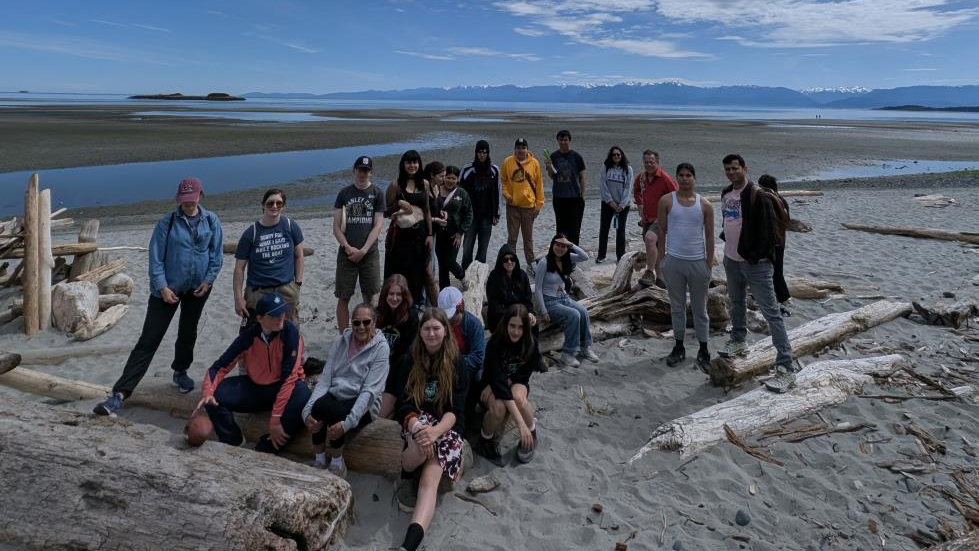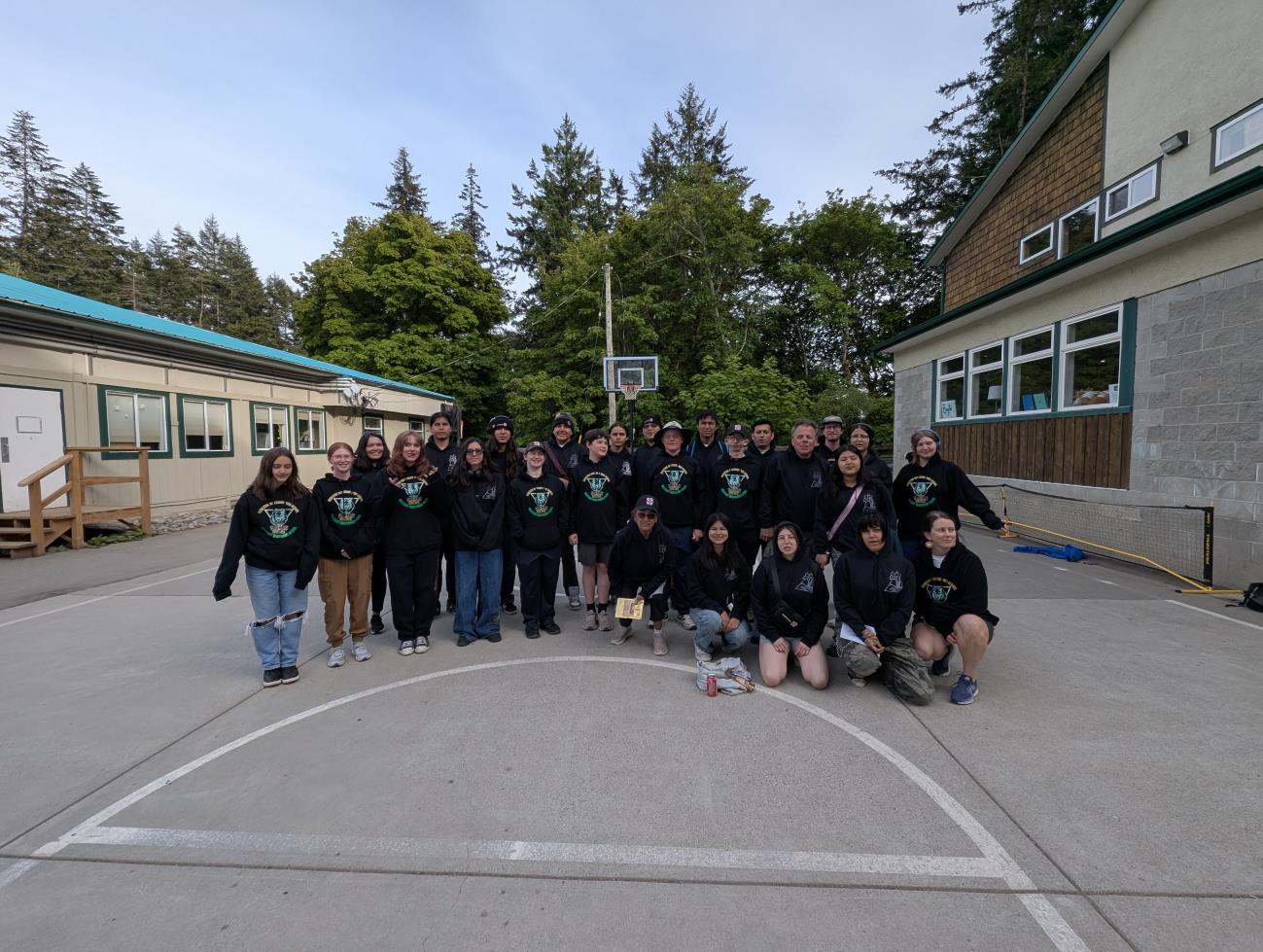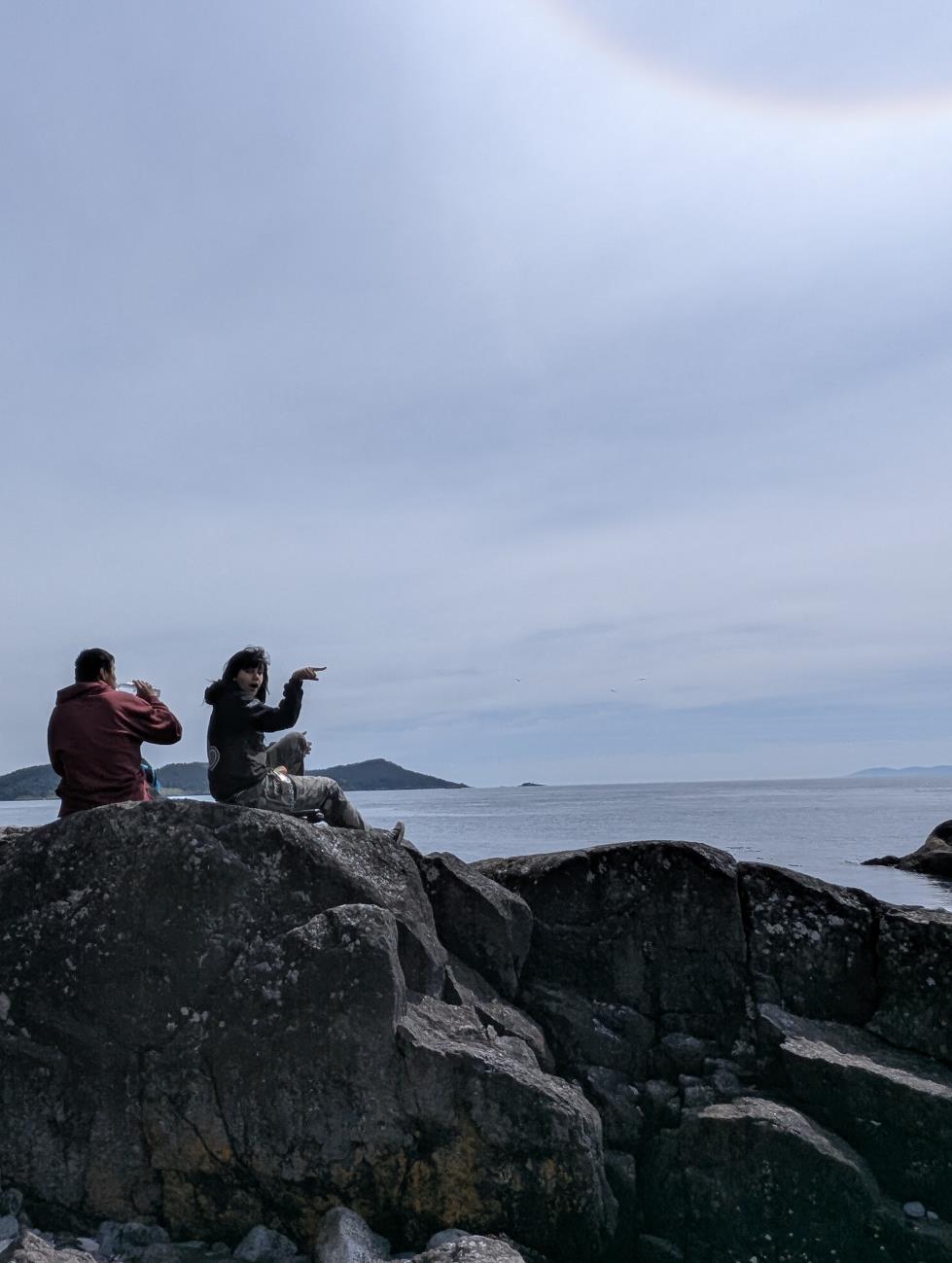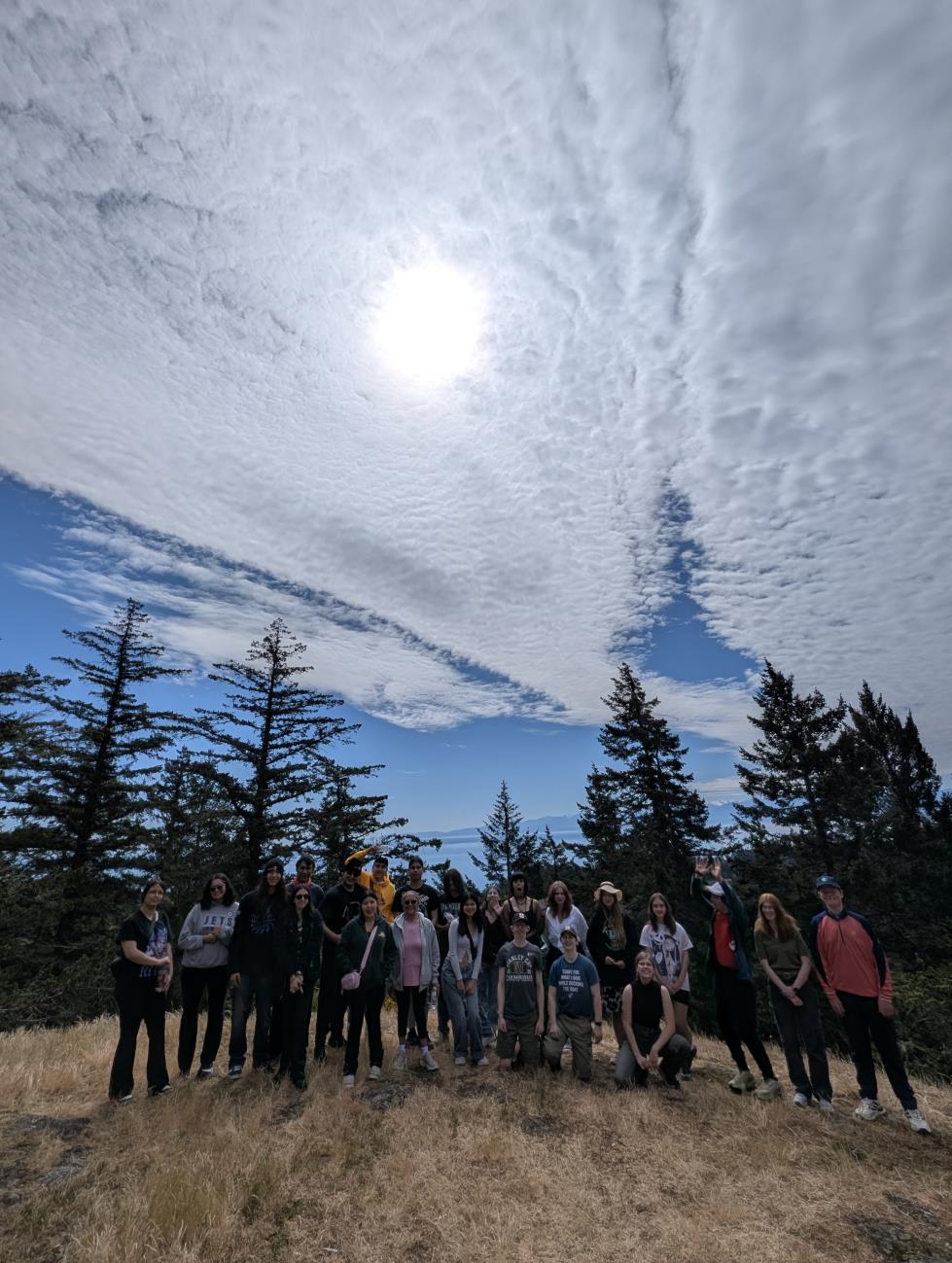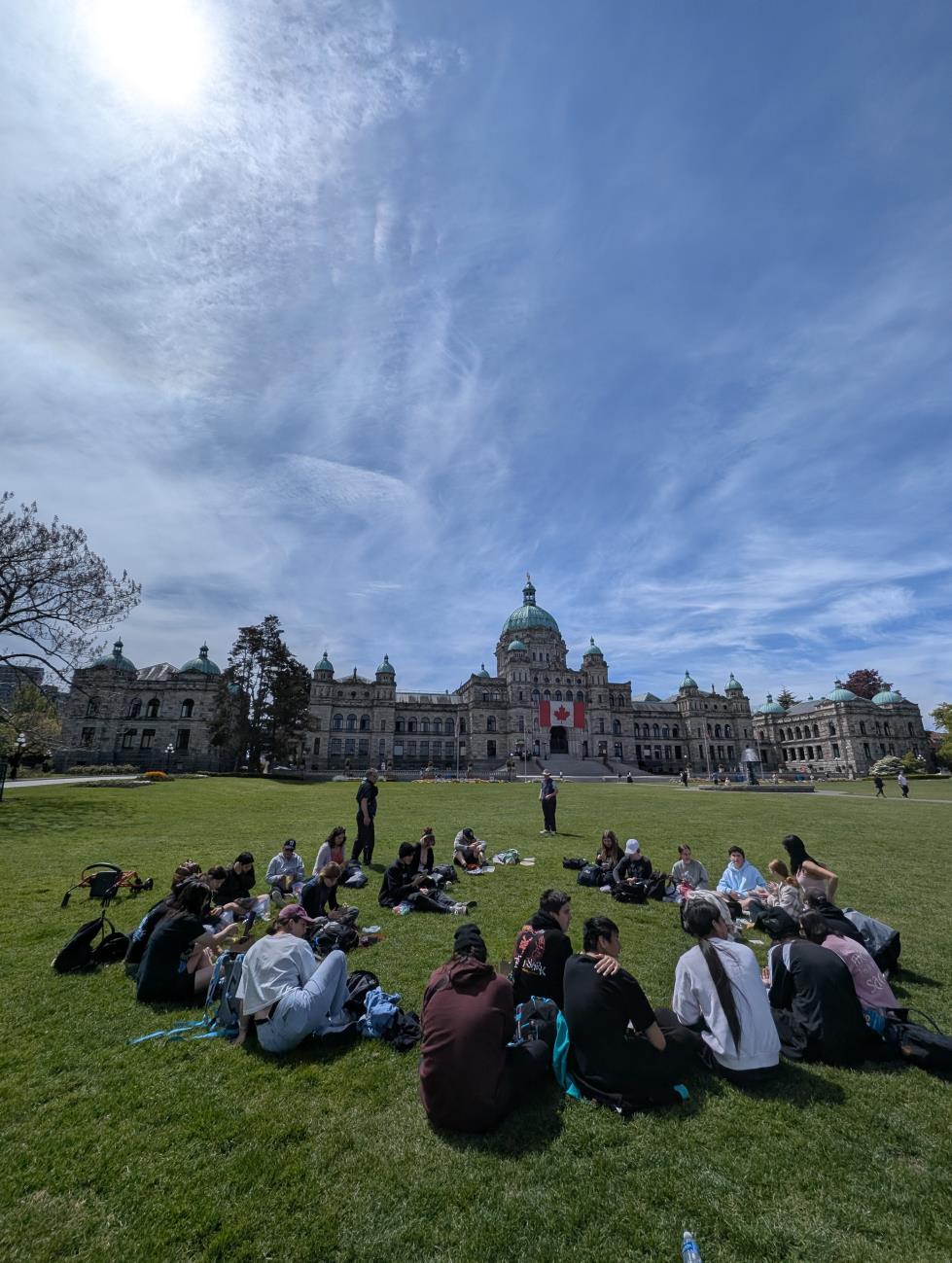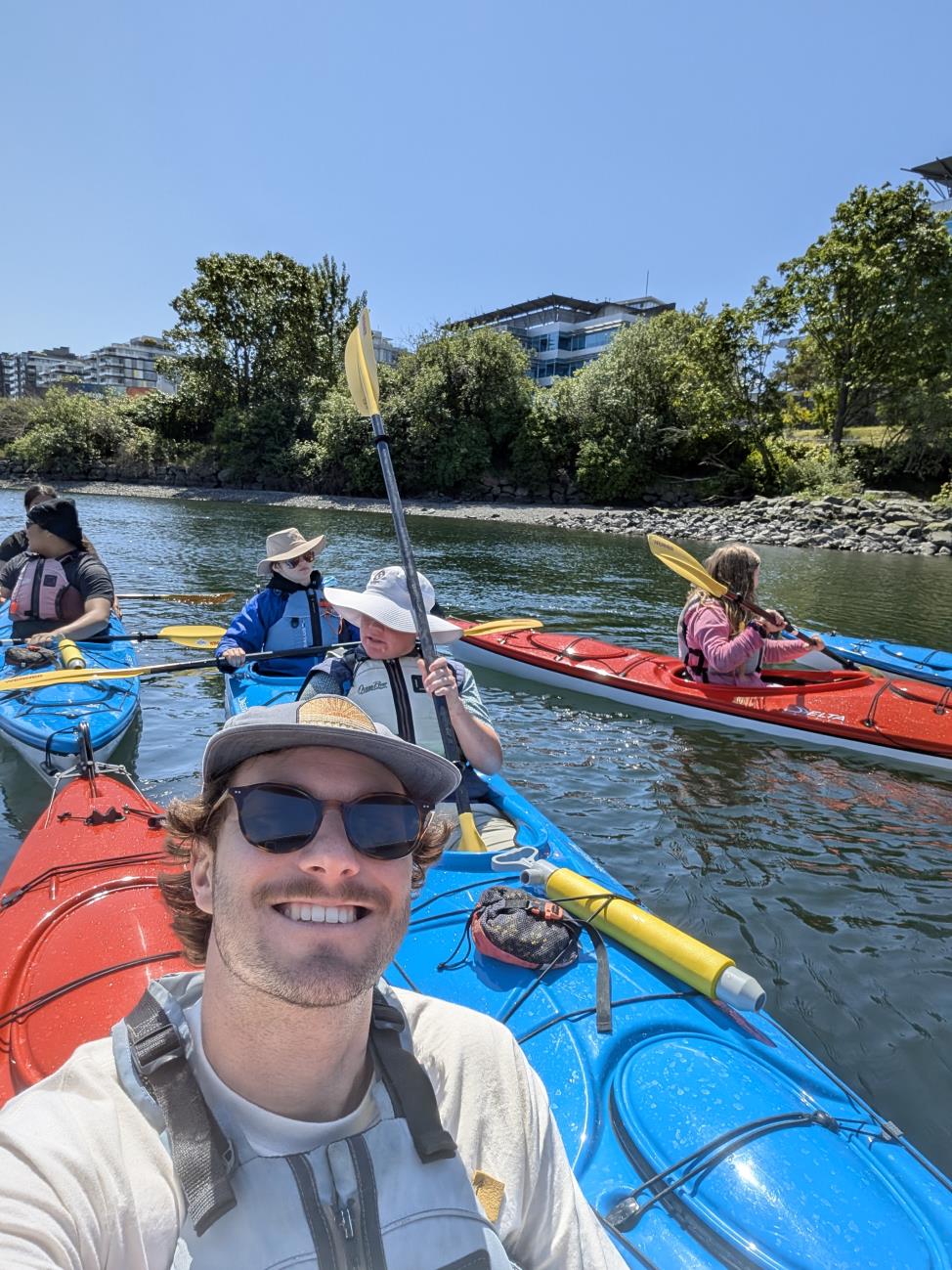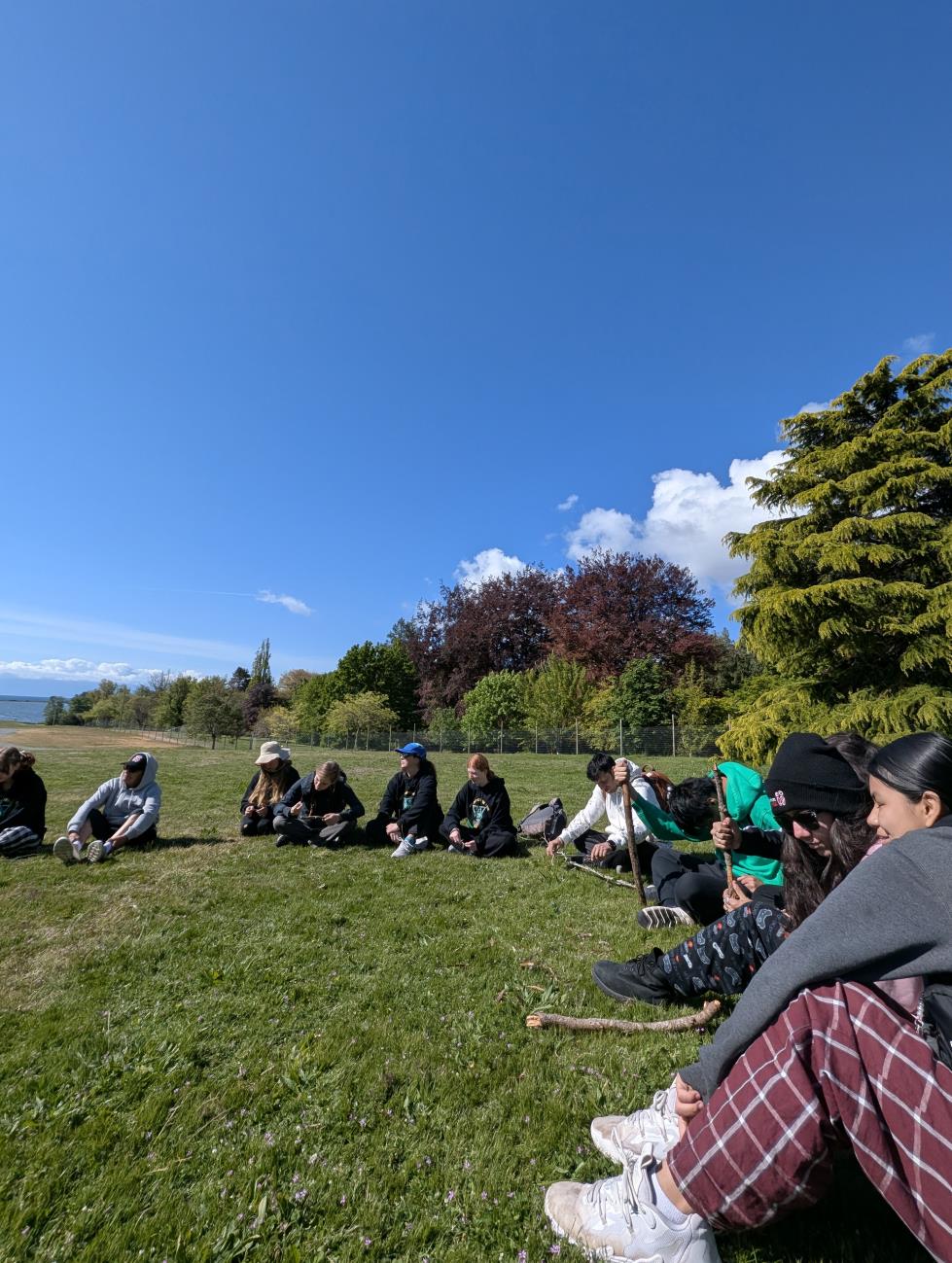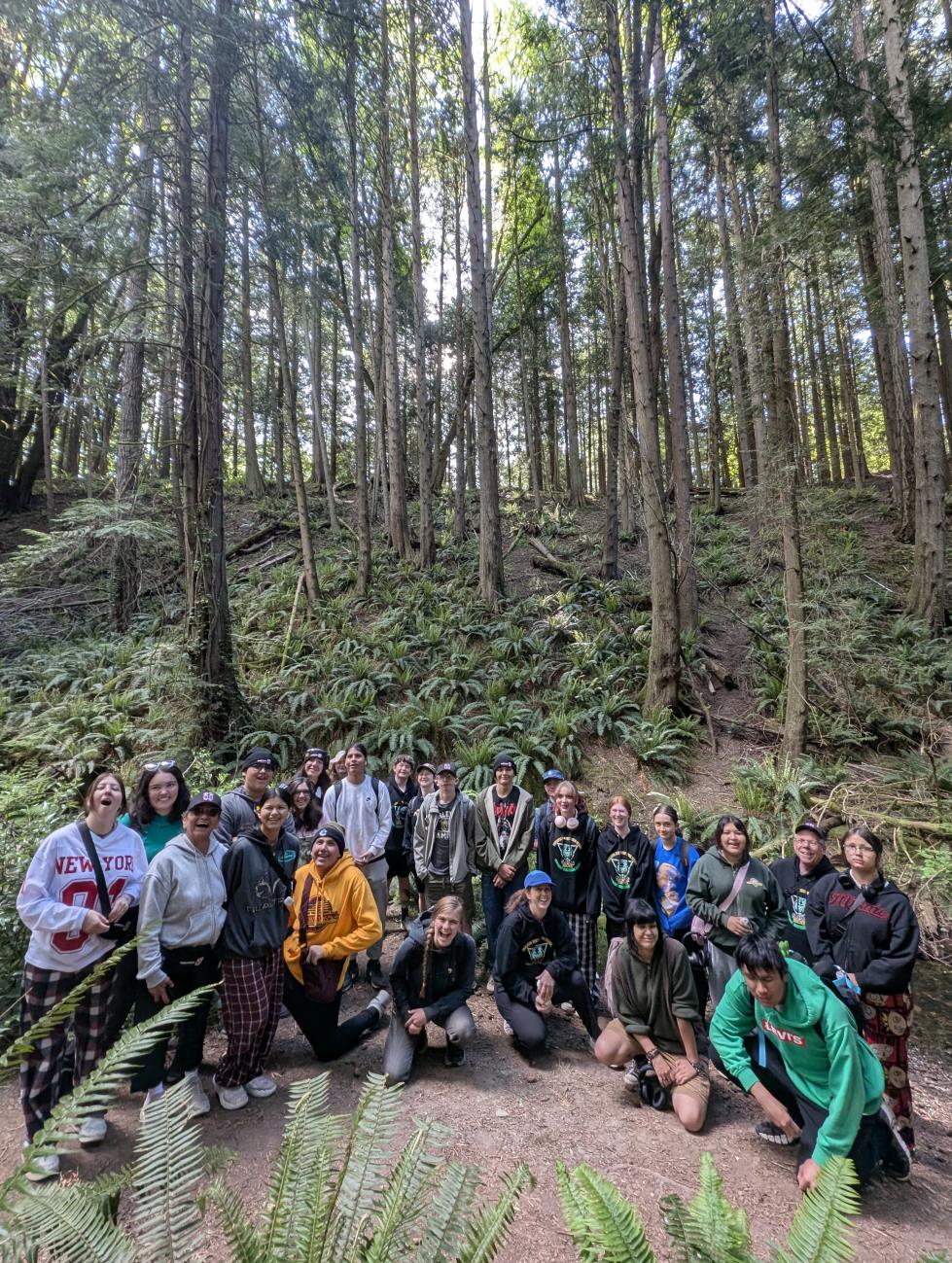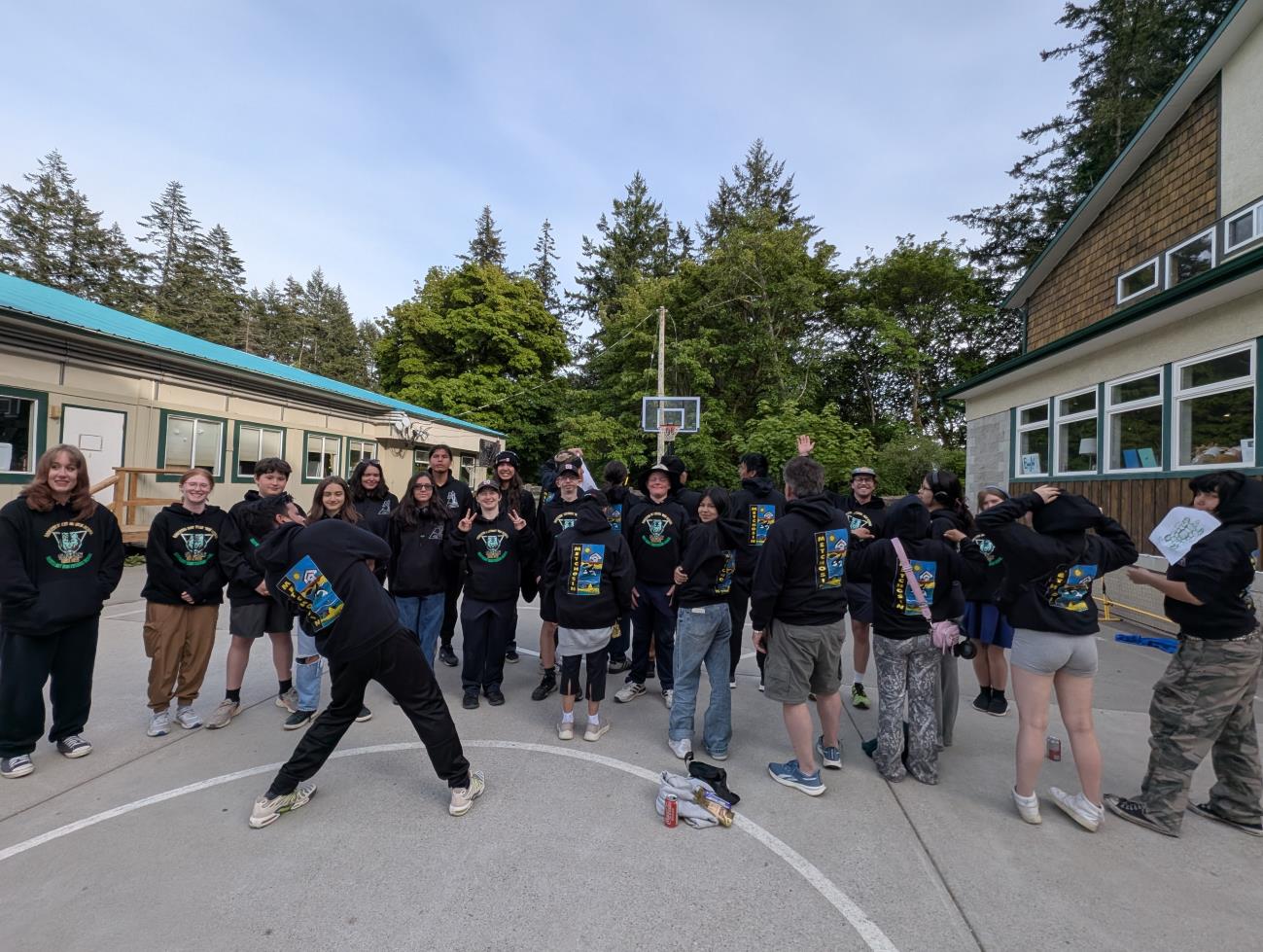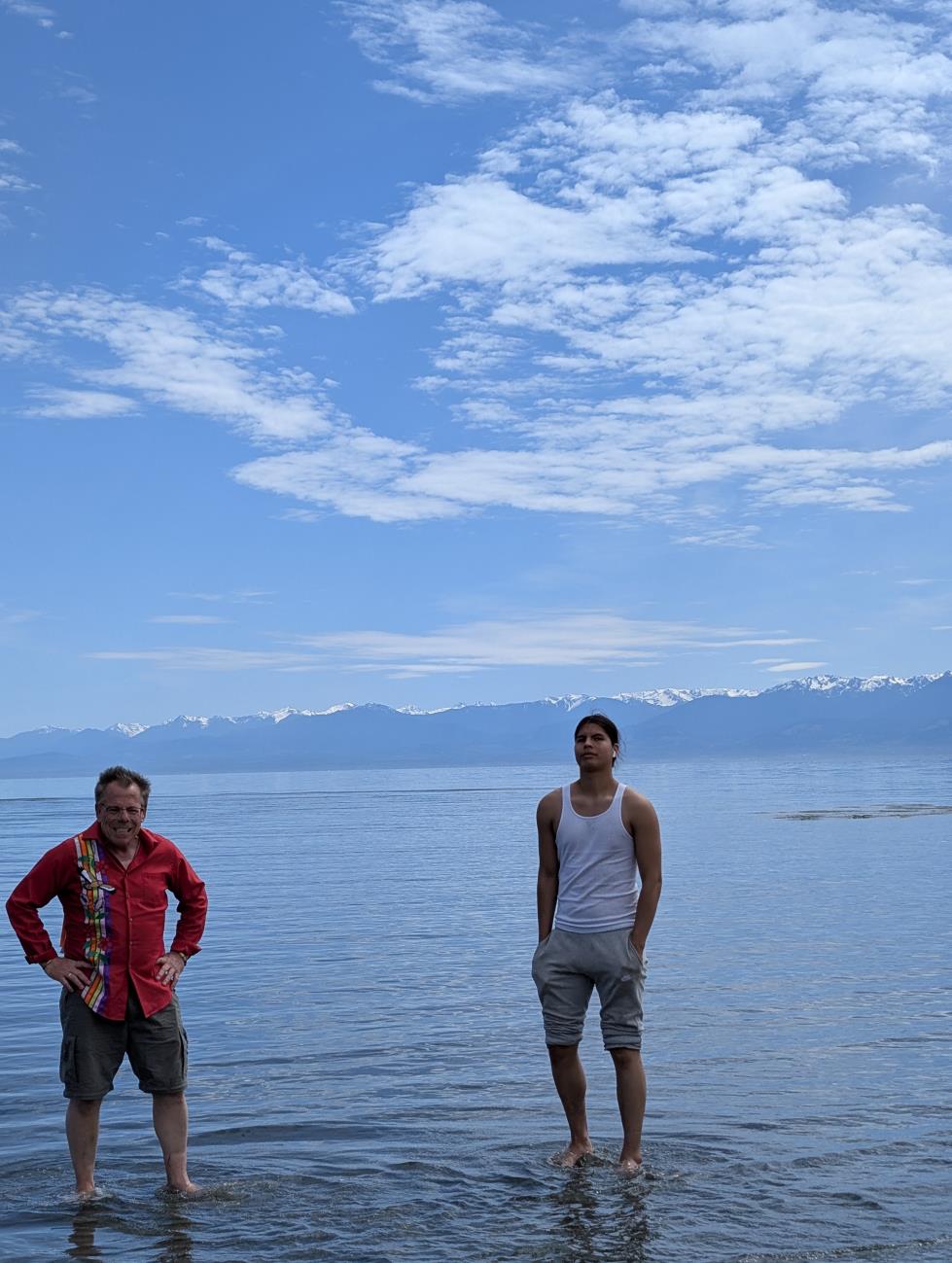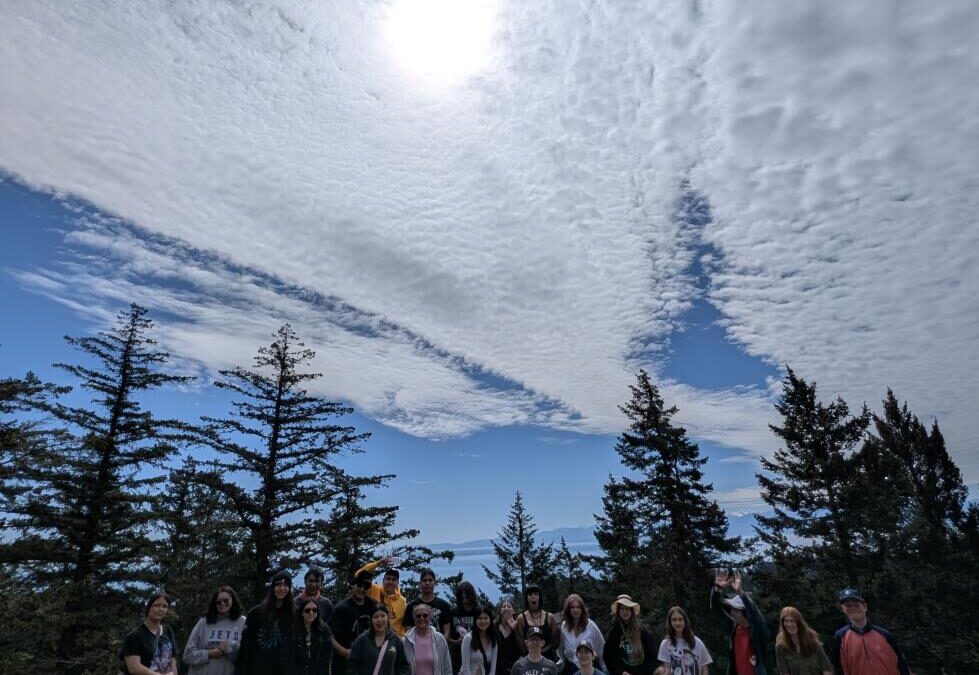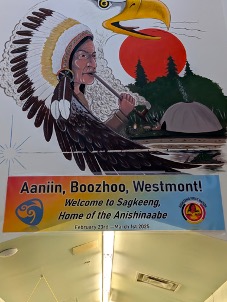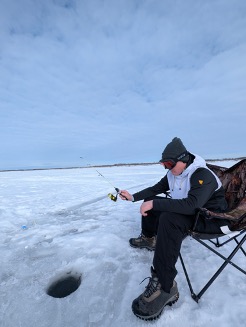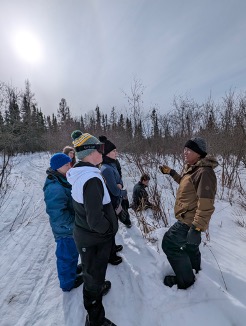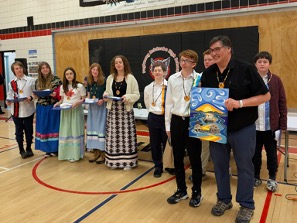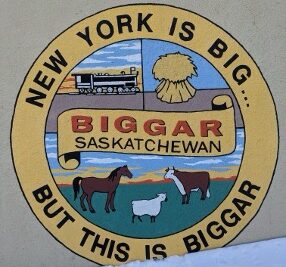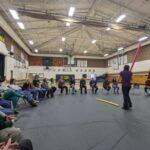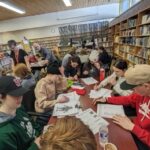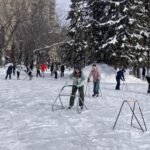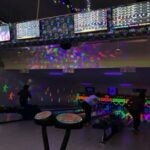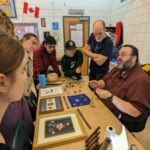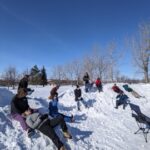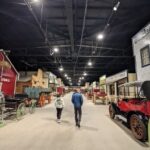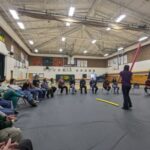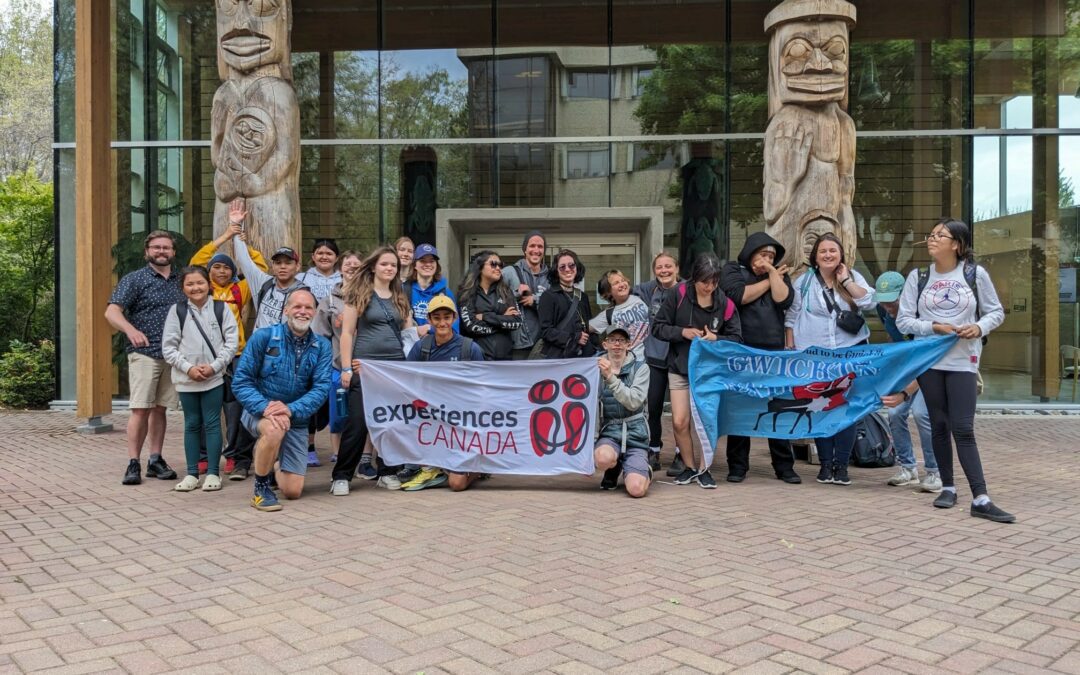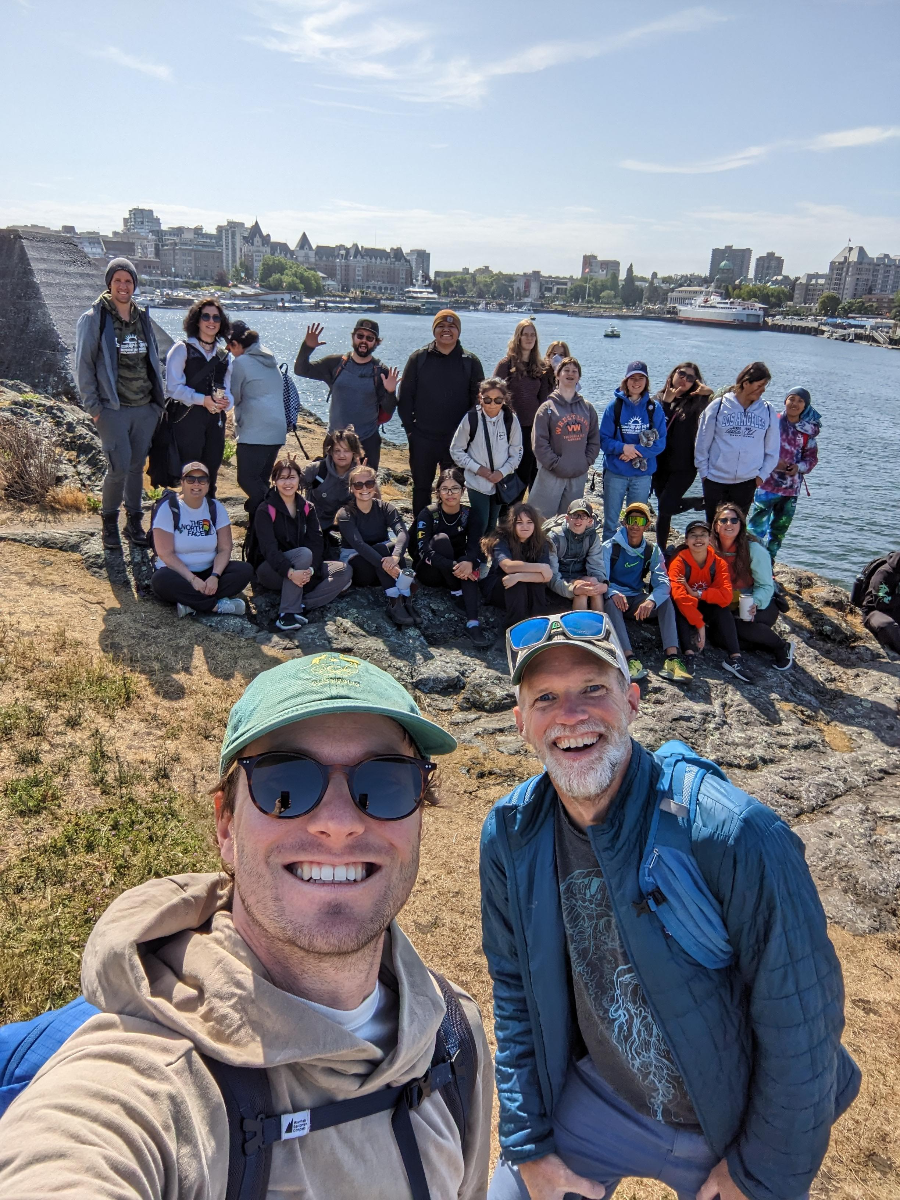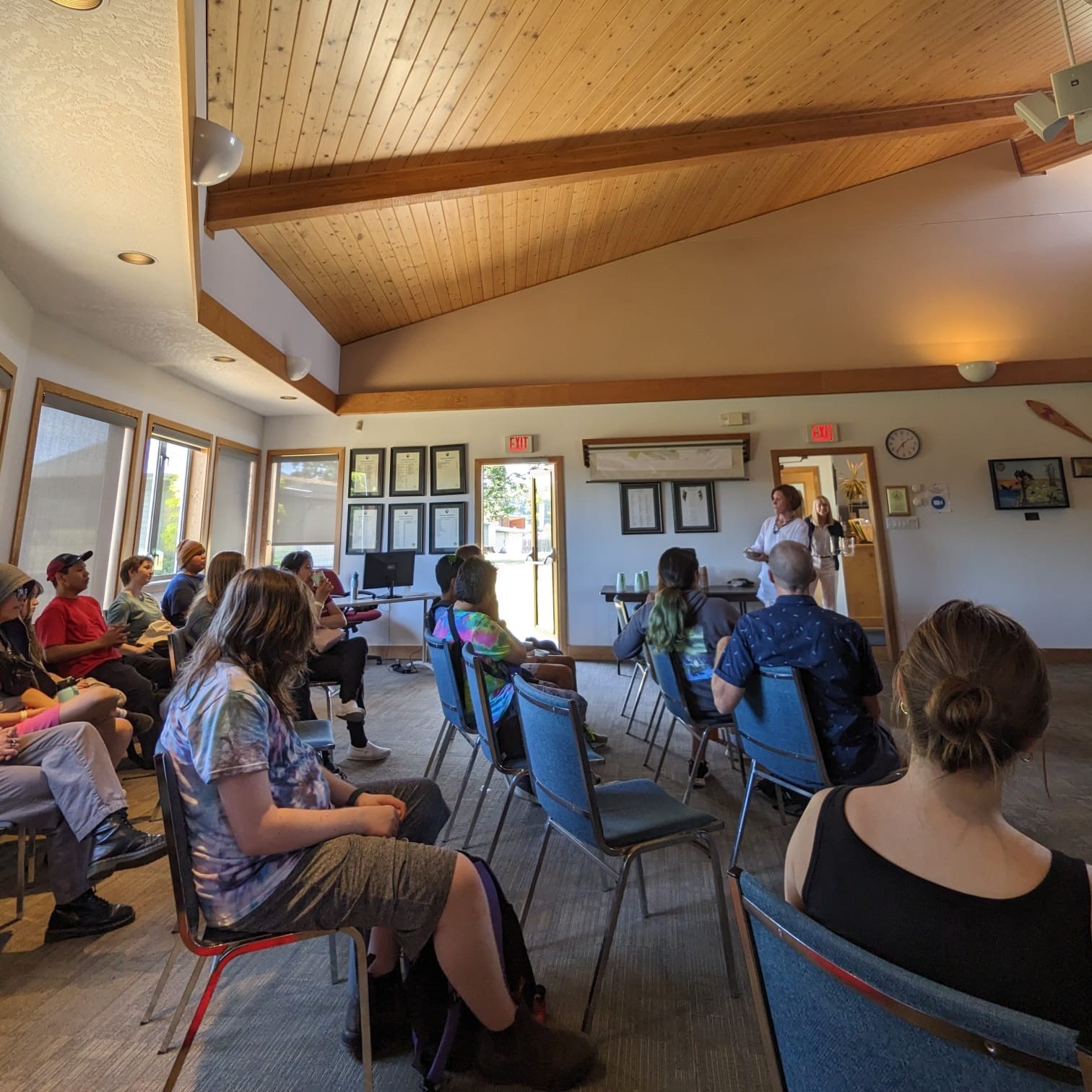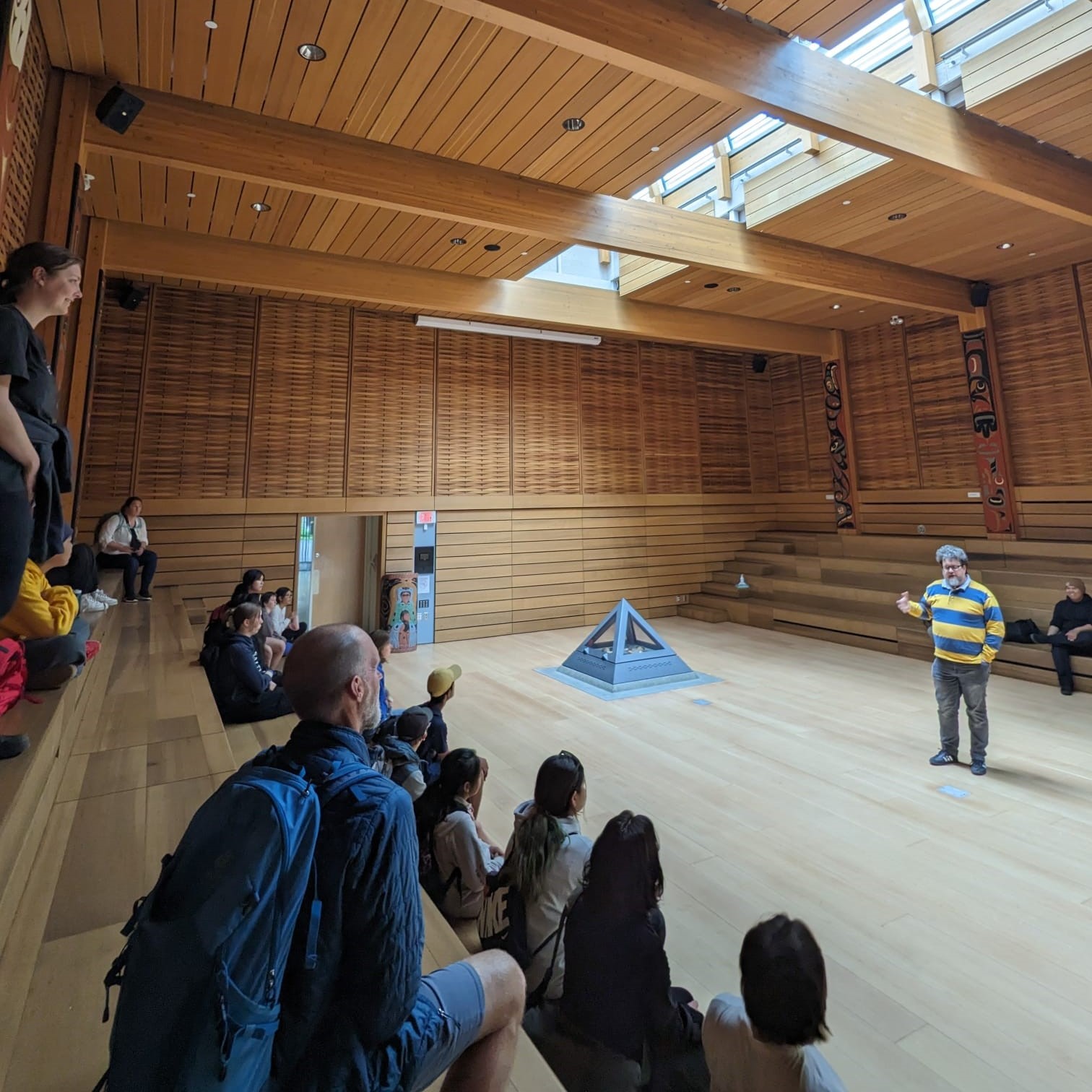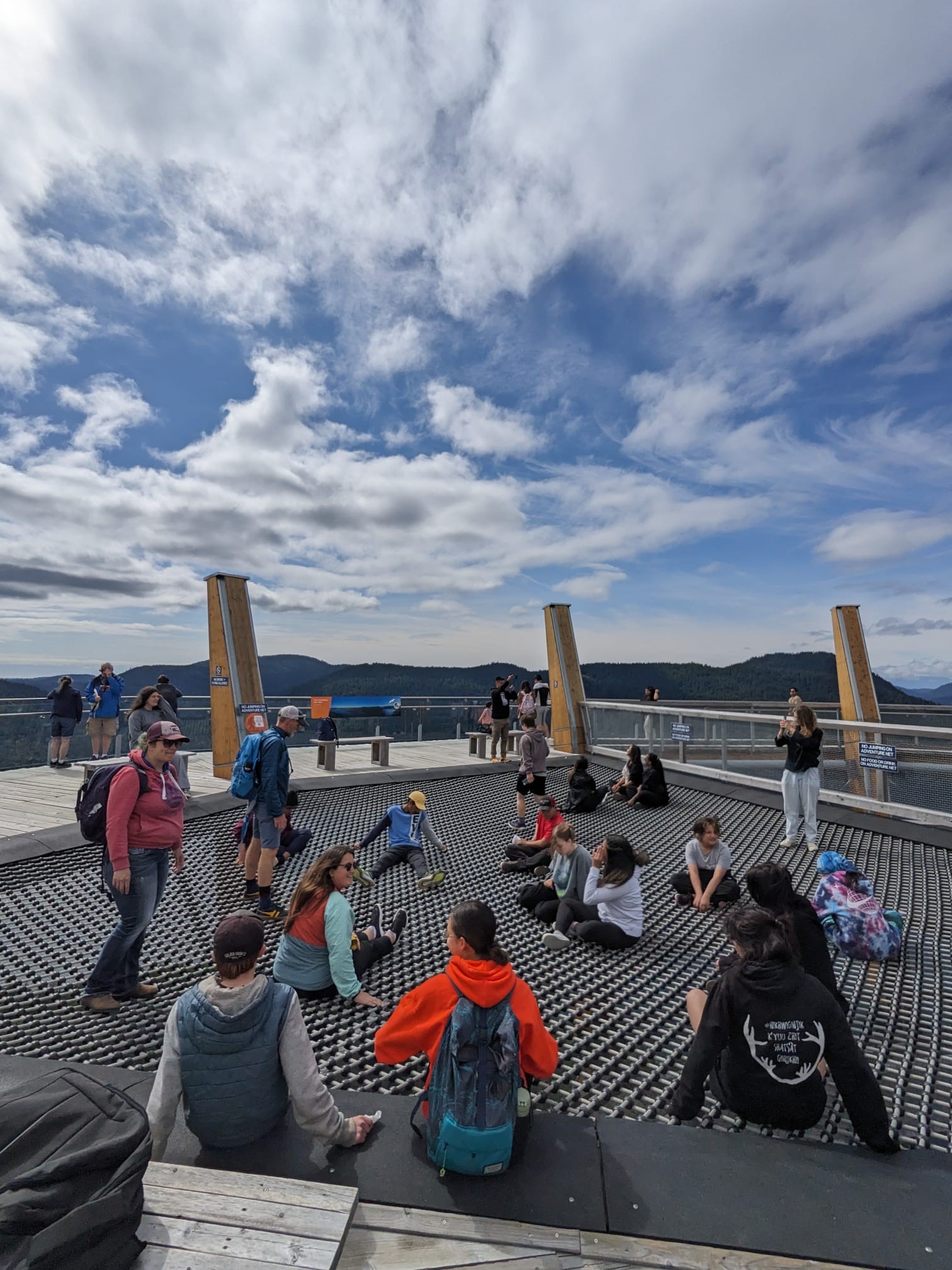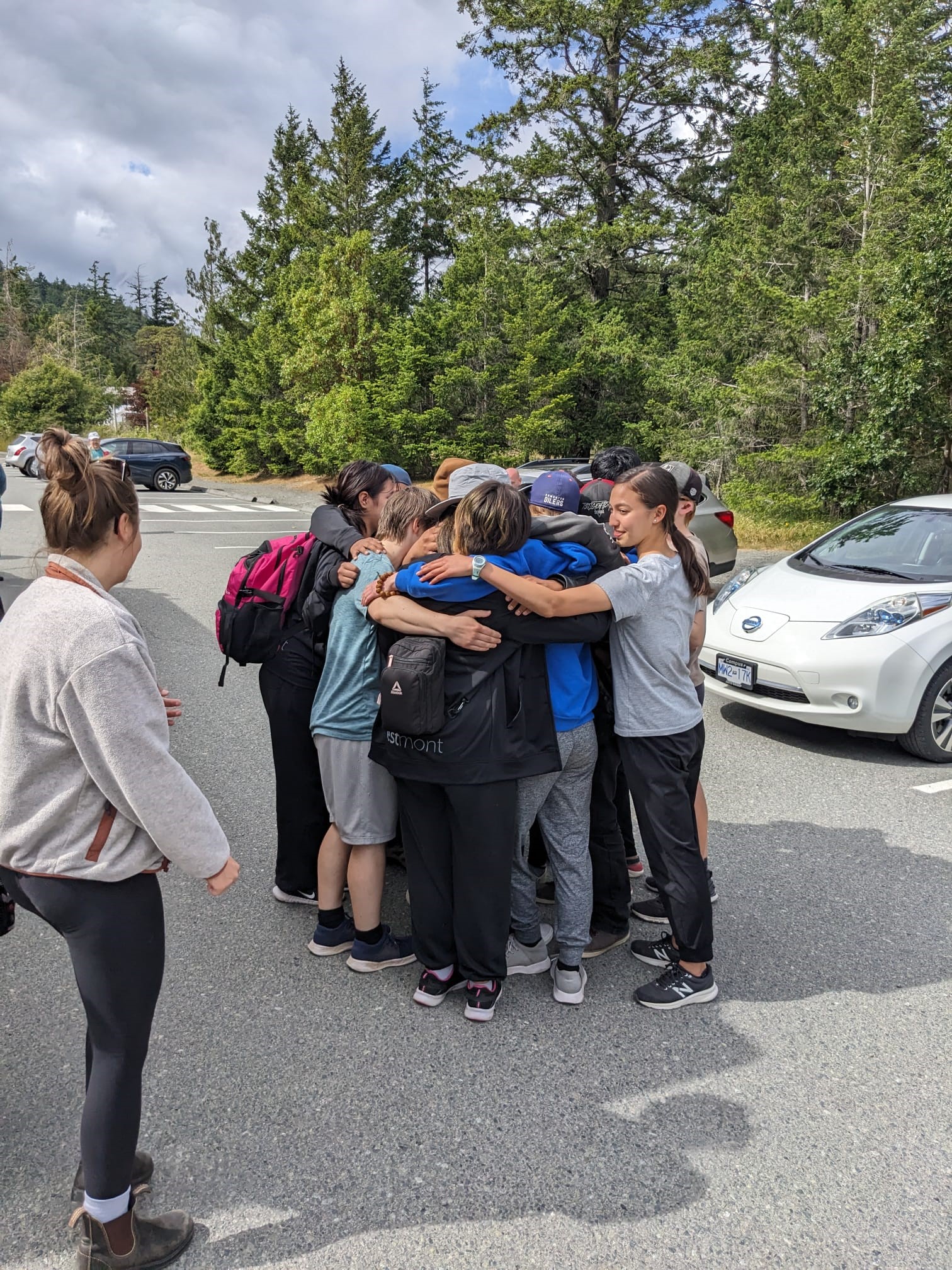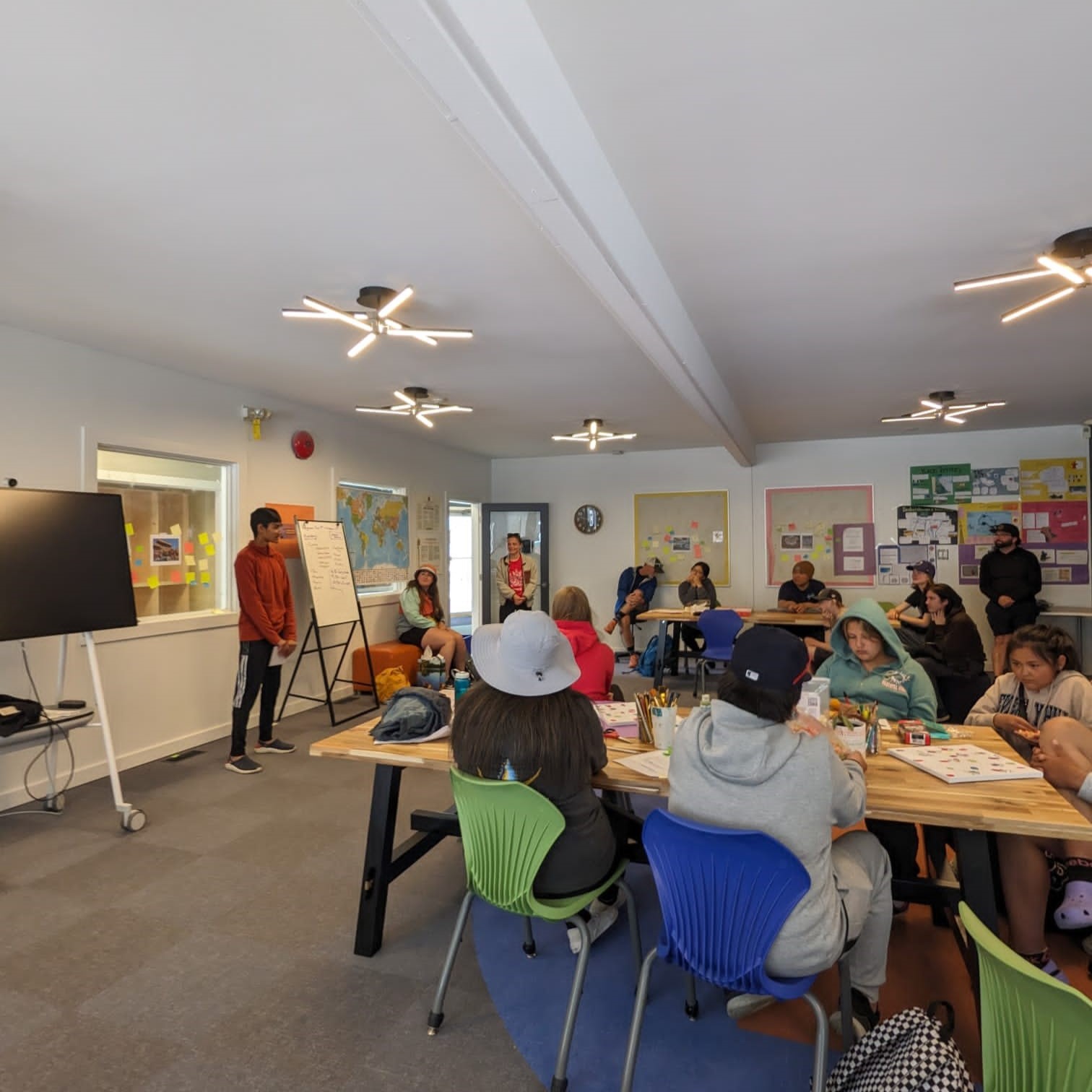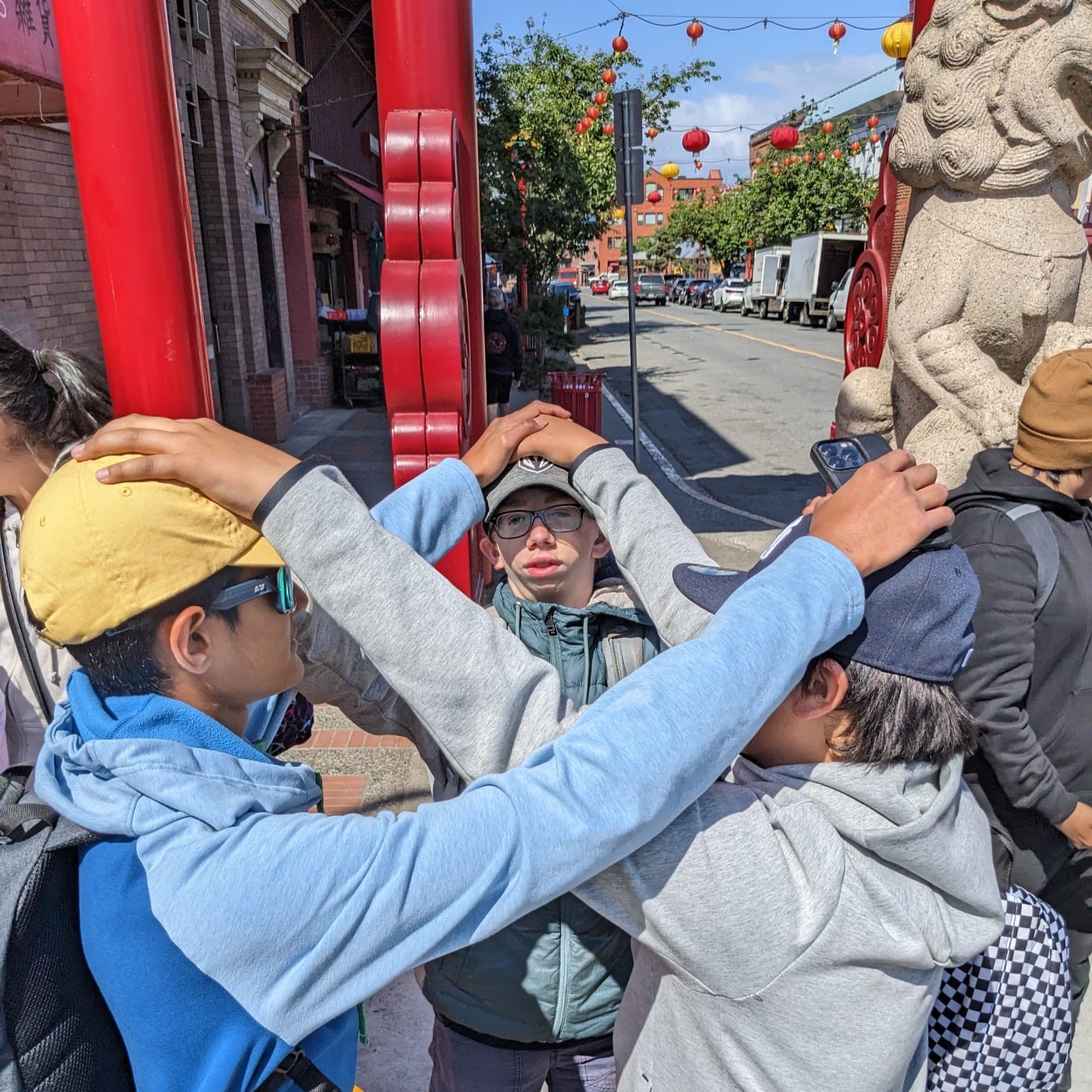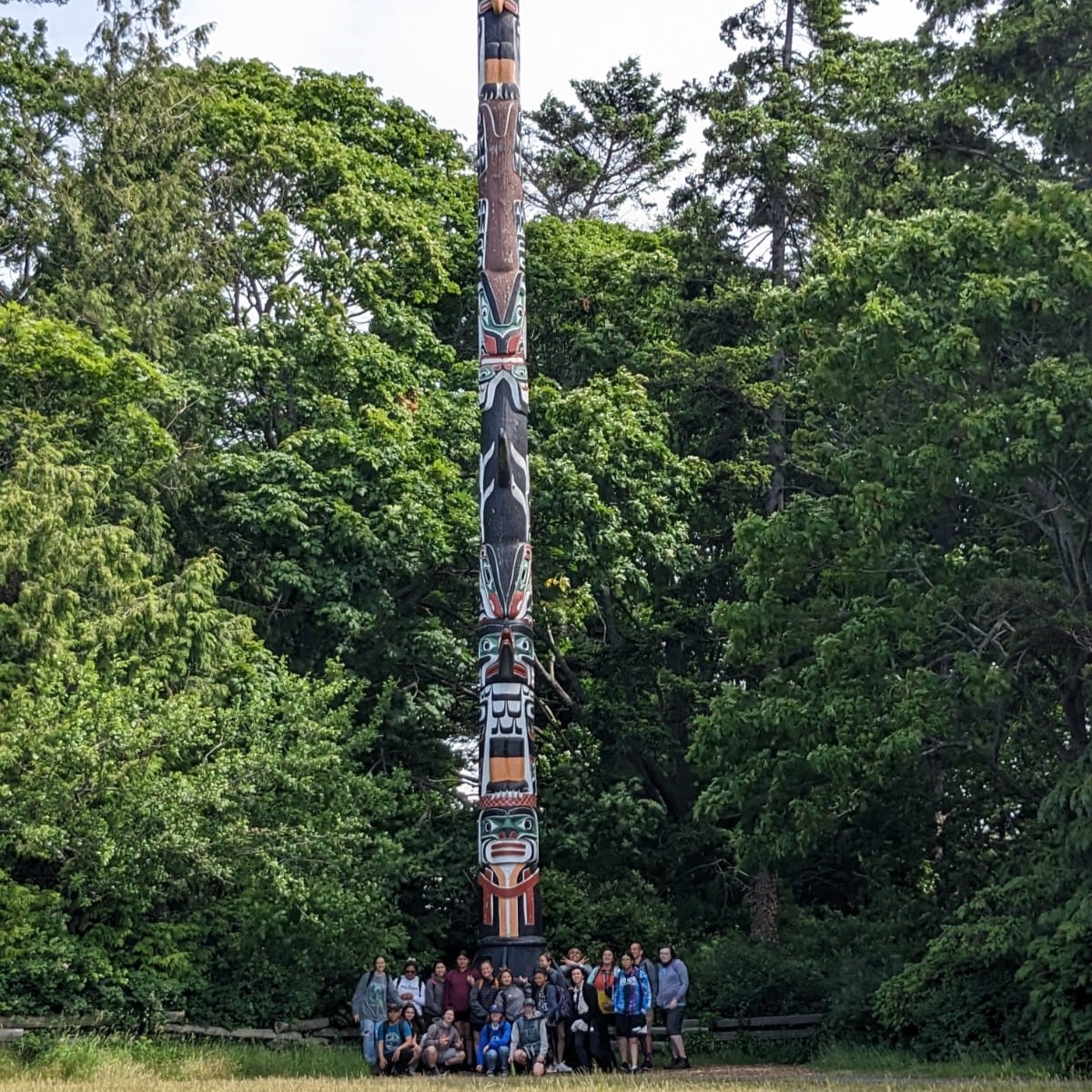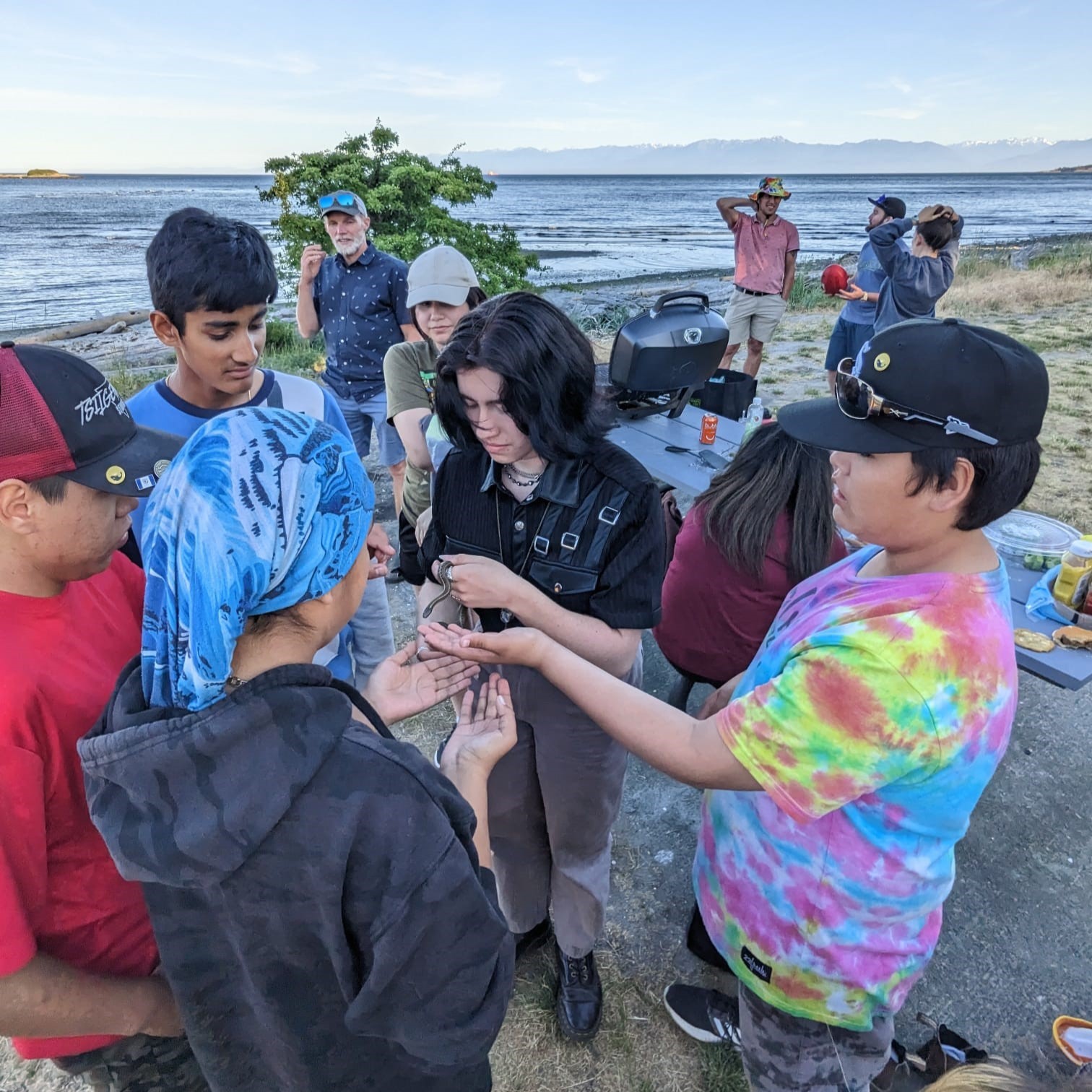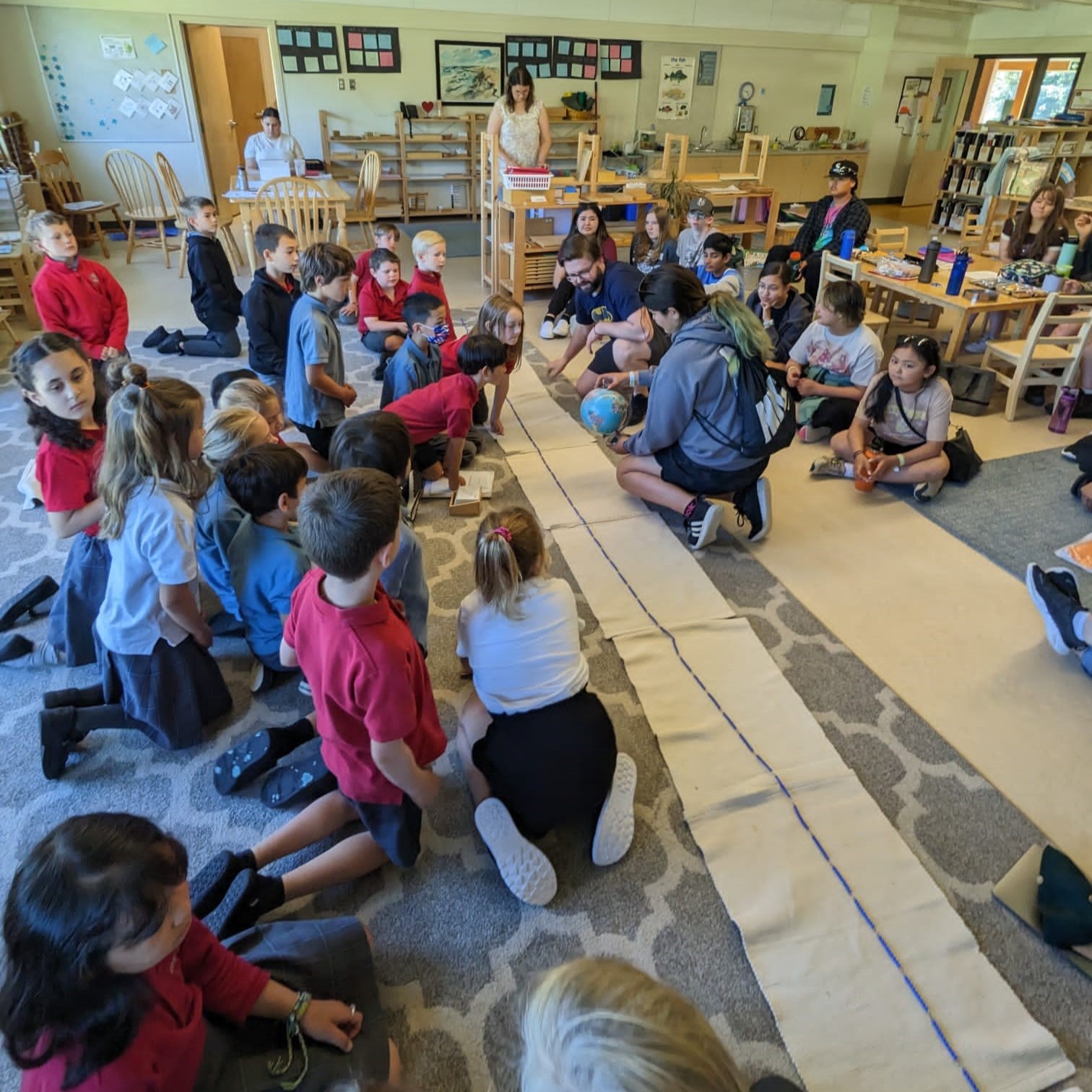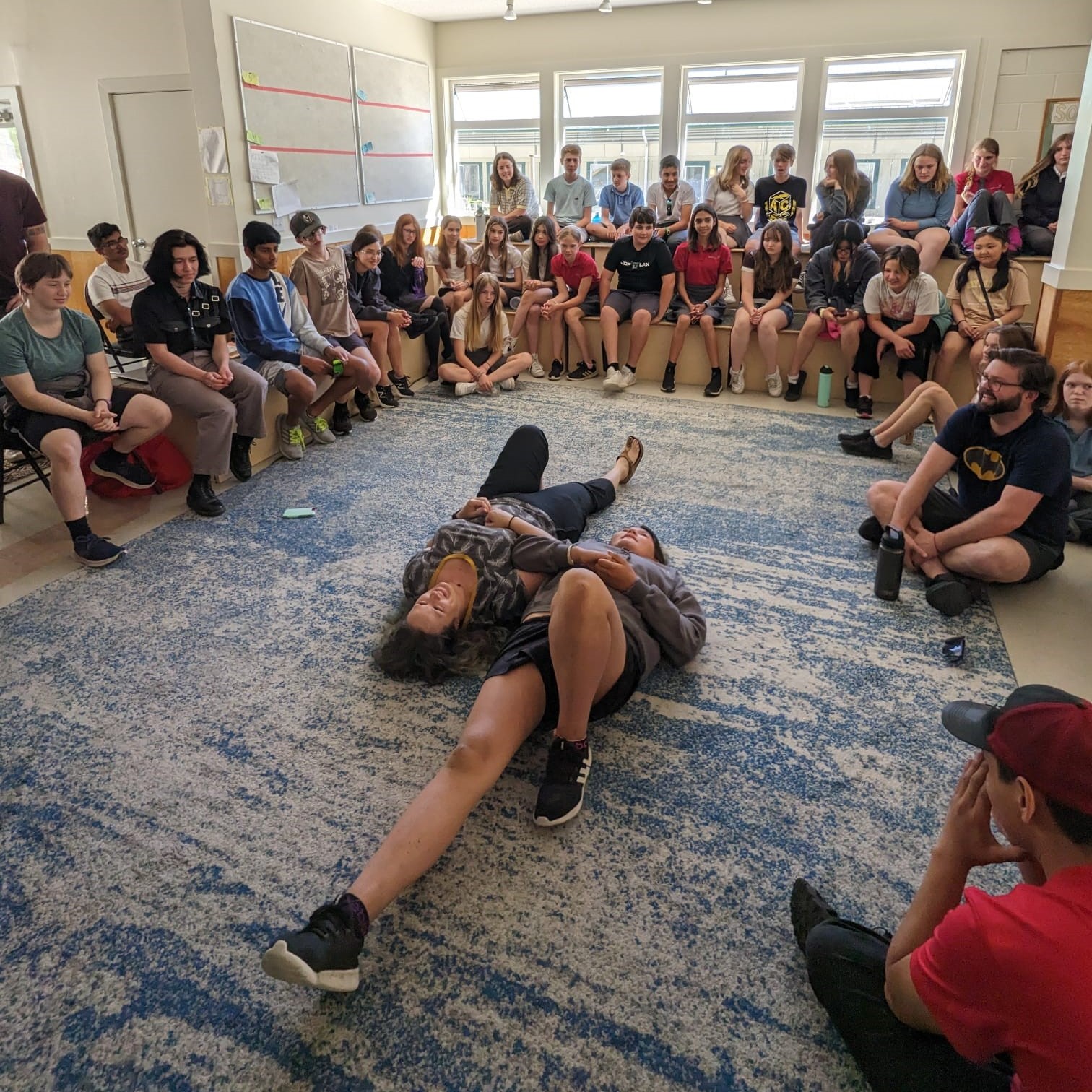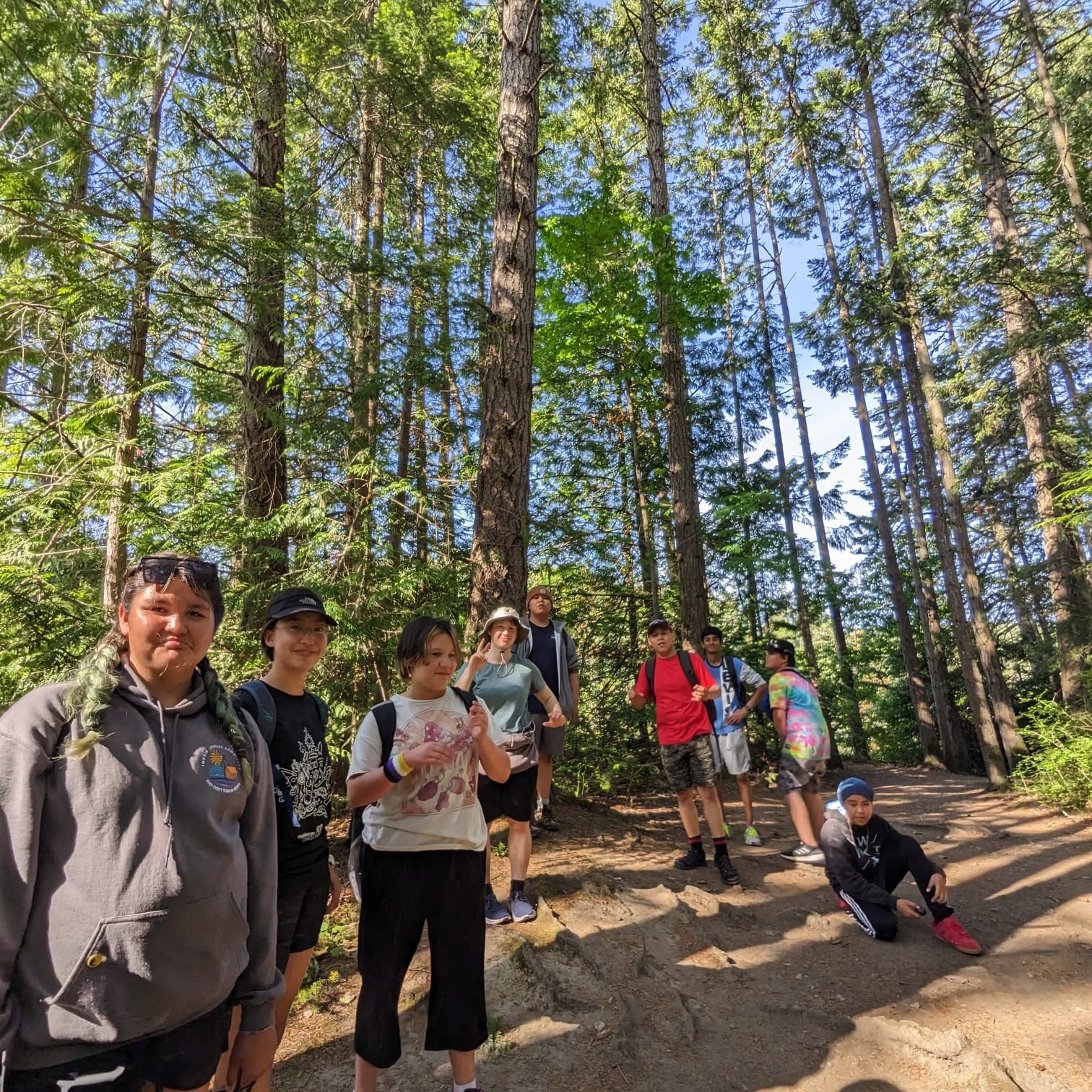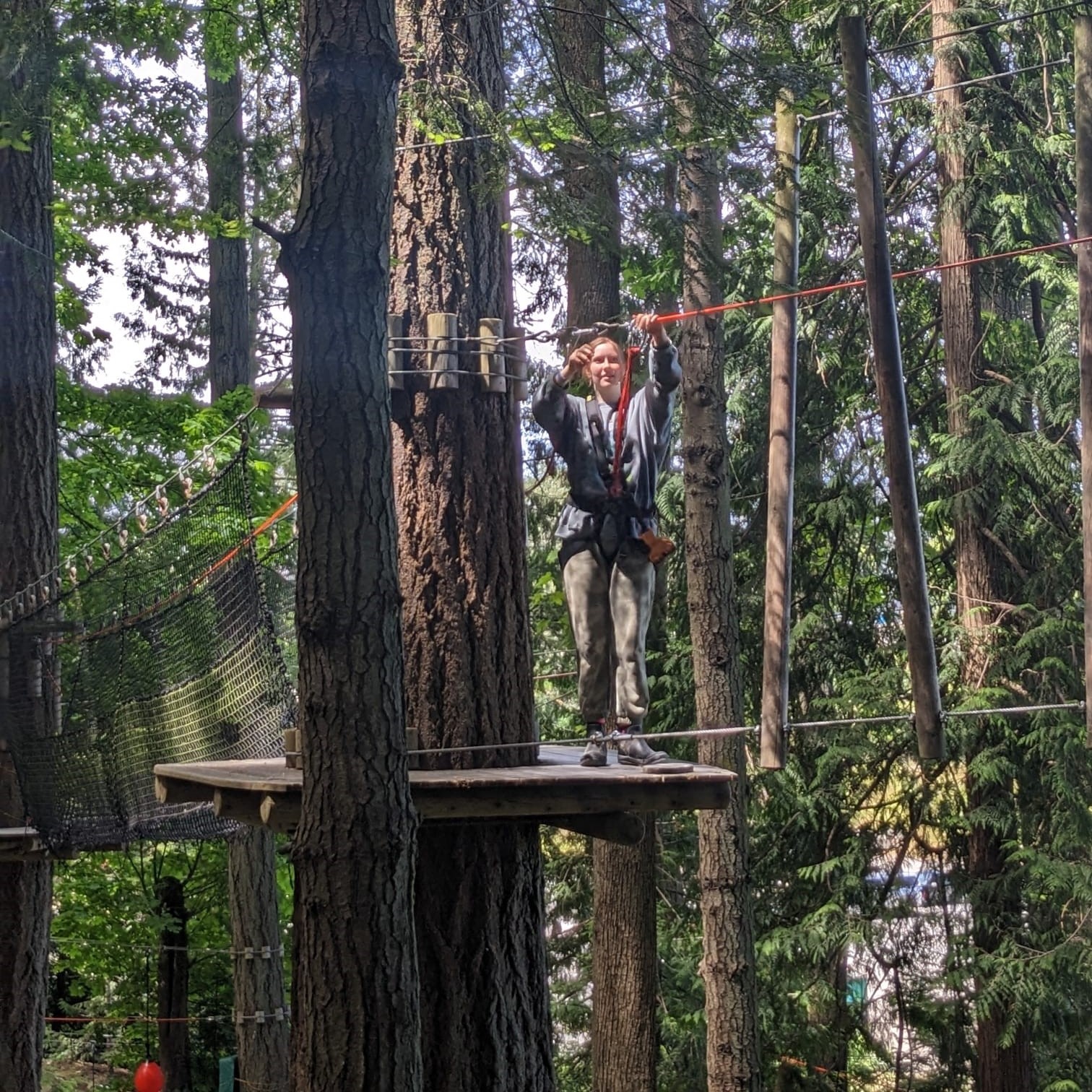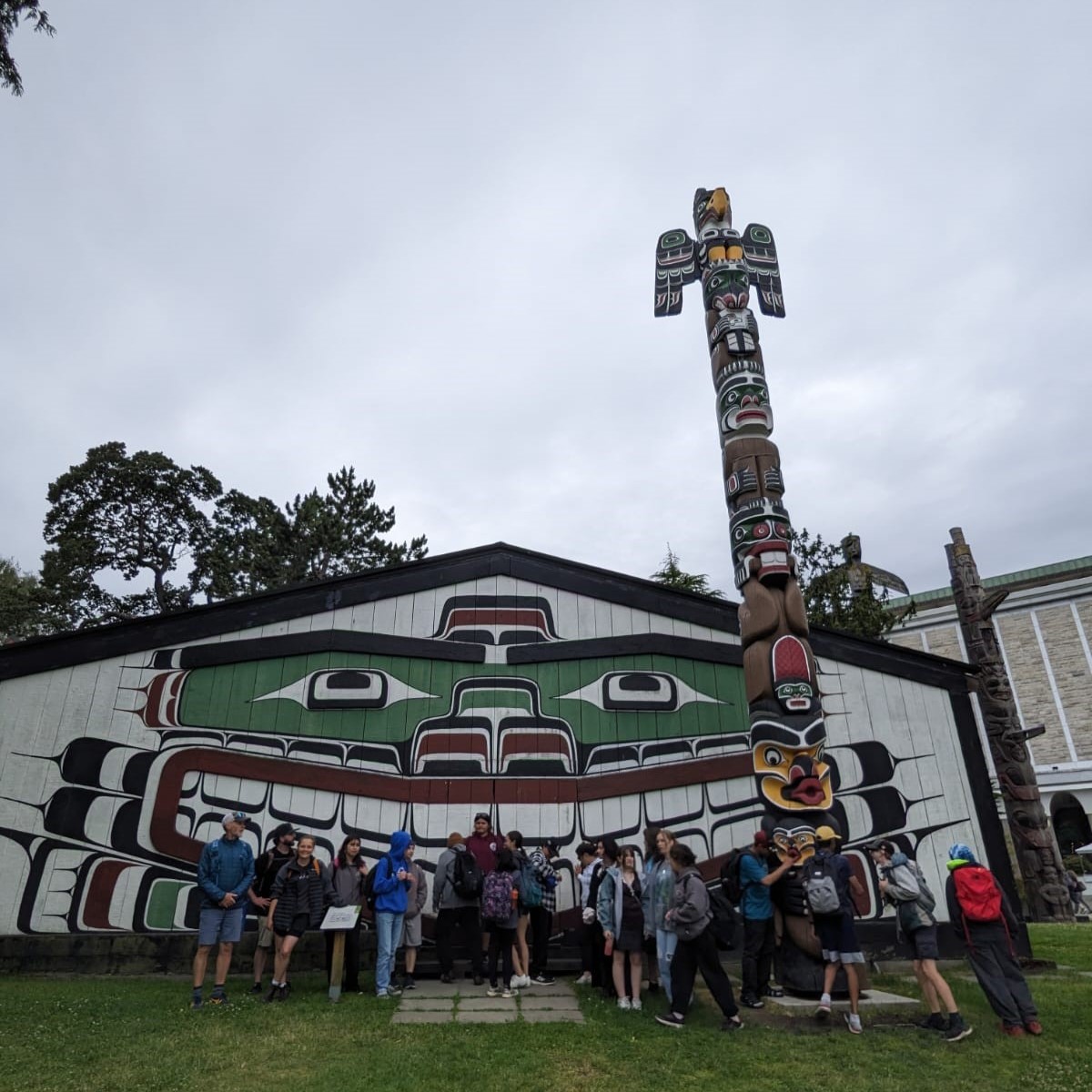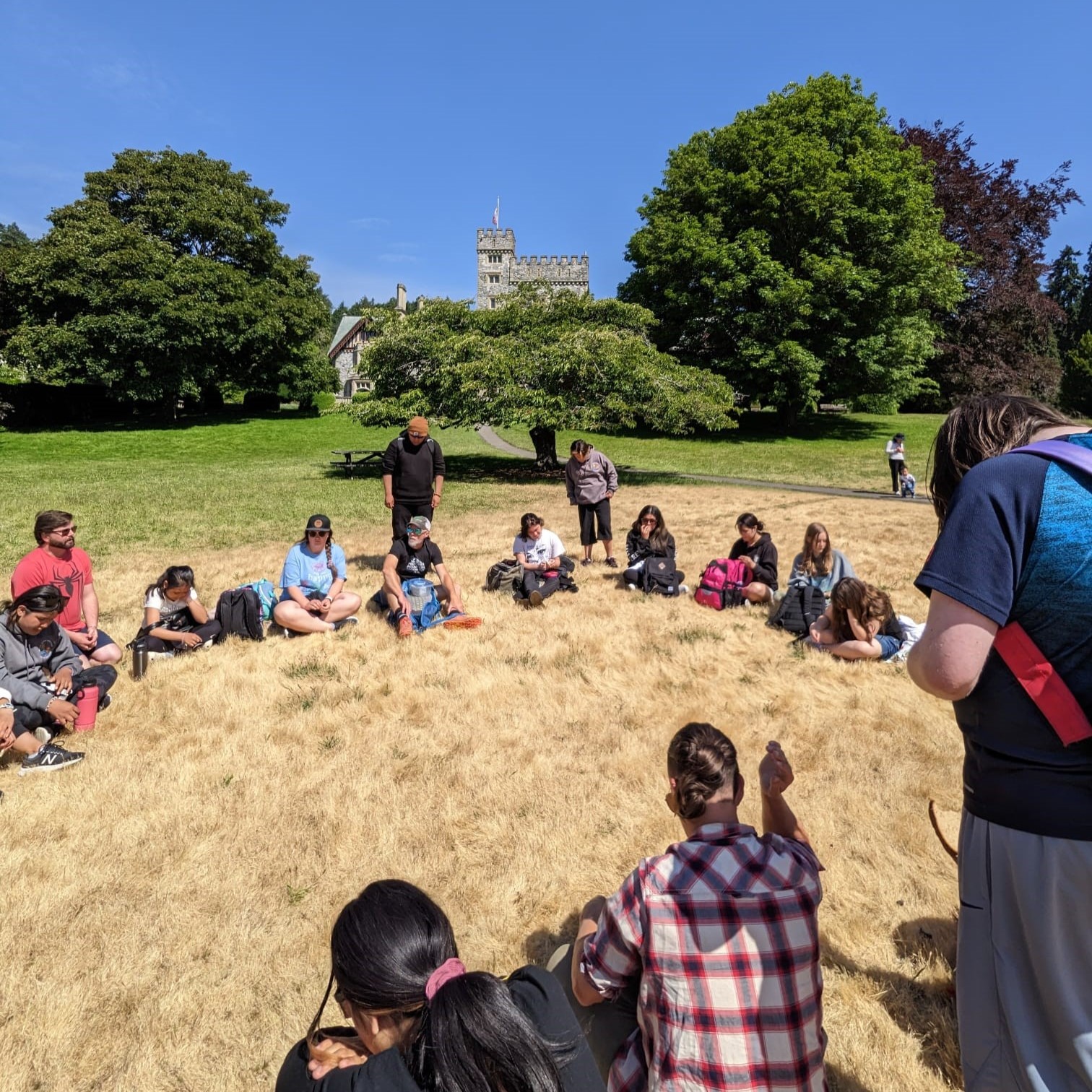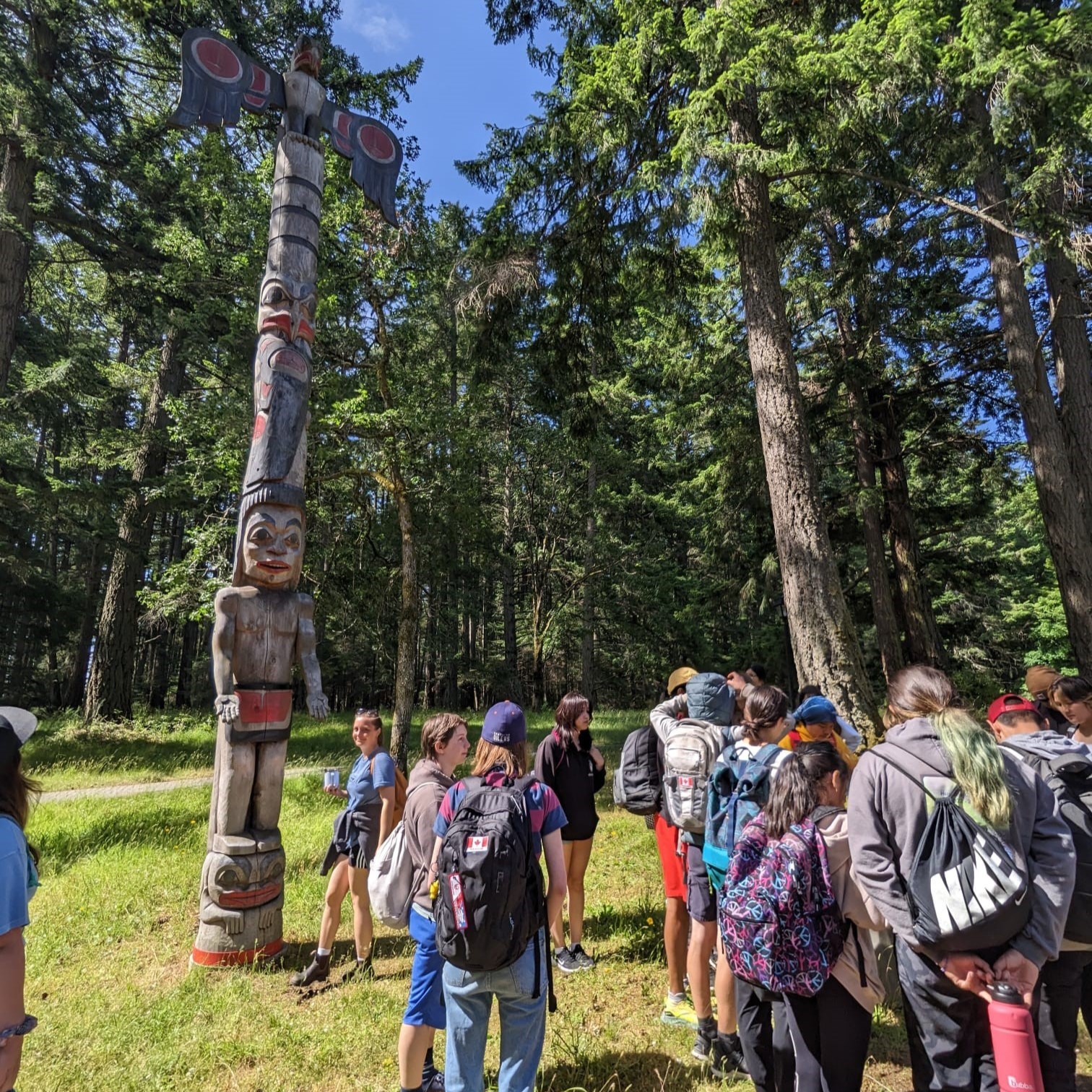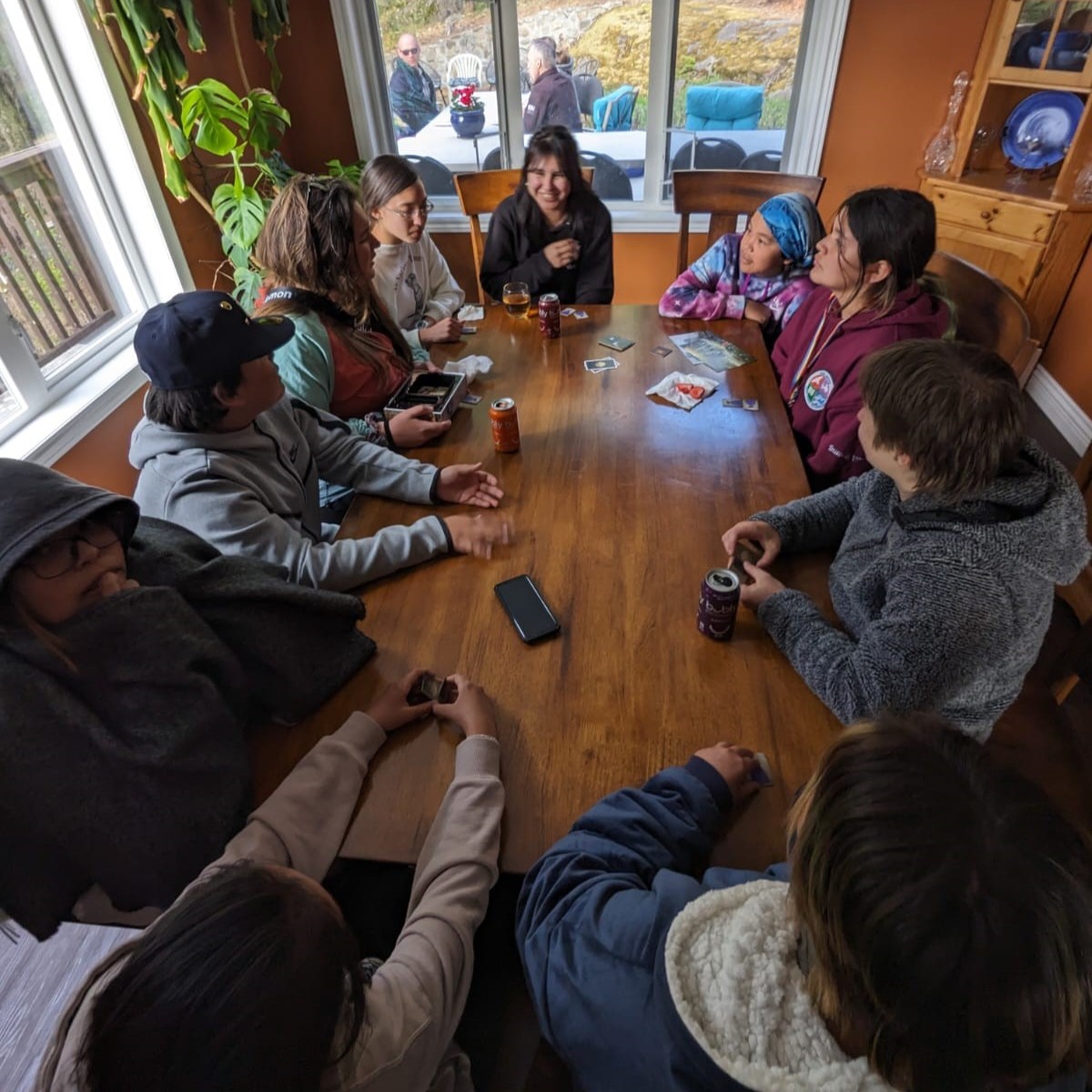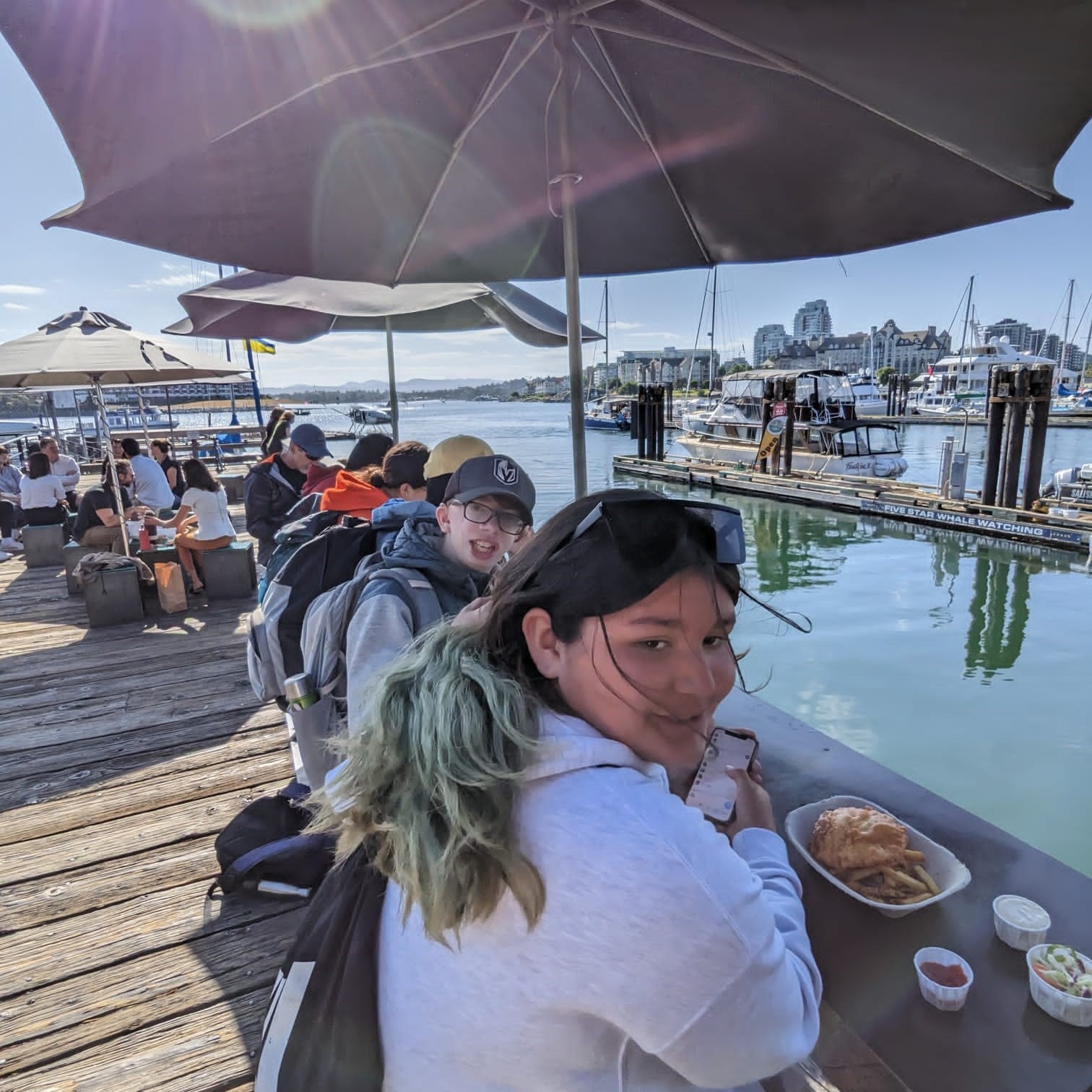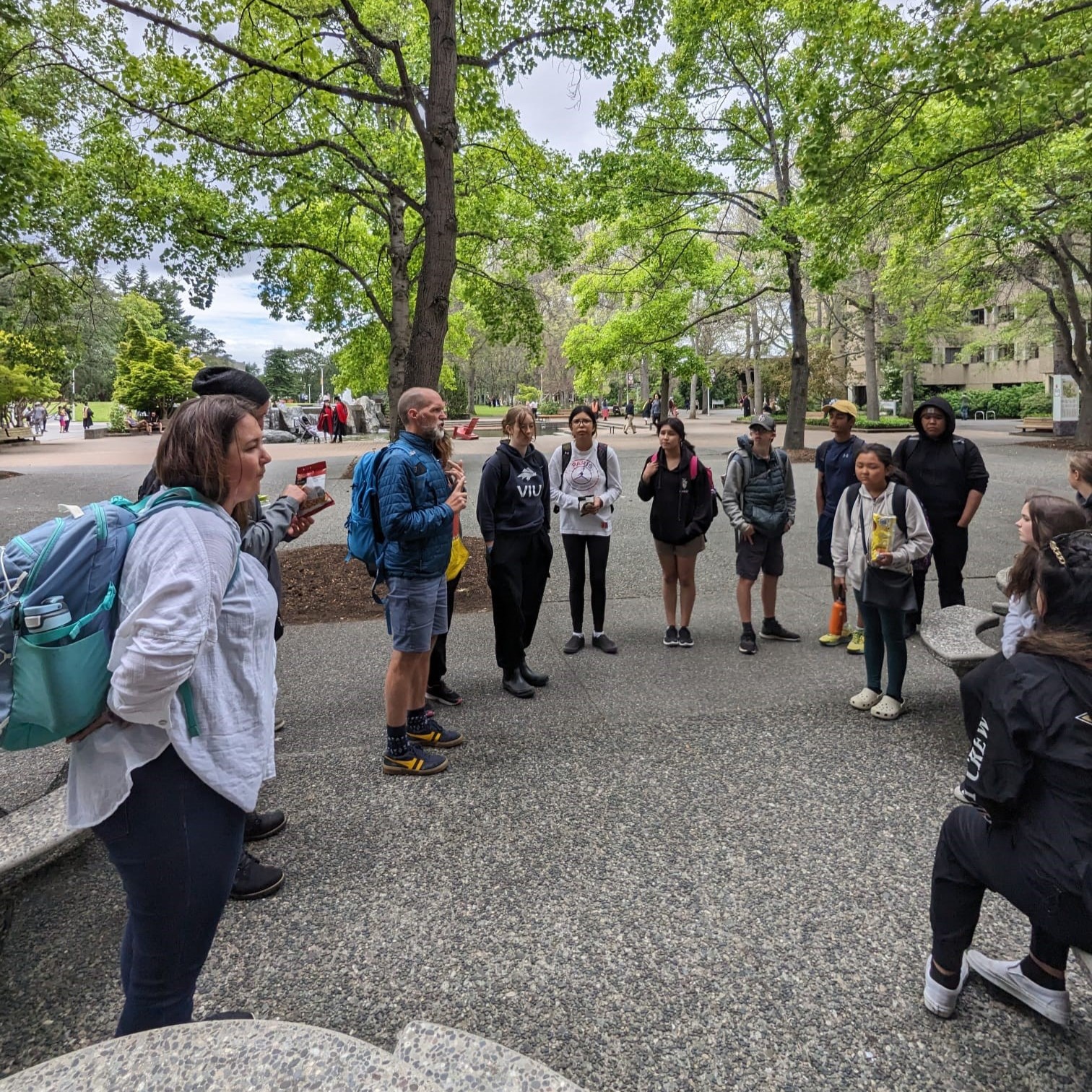
Mont Talks 2025: Designing Futures and Launching Dreams
Mont Talks 2025: Designing Futures and Launching Dreams
Reflections from Grade 12 Grads
Featuring Merric Hanton AND Ares Van Koeveringe
On June 16th, the high school community gathered to witness the culmination of years of learning, growth, curiosity, and creative exploration as Merric Hanton and Ares Van Koeveringe took to the stage for their senior Mont Talks. With polish, precision, and genuine passion, each student delivered a powerful, personal, and inspiring presentation that not only reflected their individual journeys, but also showcased the unique strengths of a Westmont education.
Merric Hanton: Turning Points
Merric’s talk, Turning Points, was an eloquent reflection on how moments of curiosity and mentorship can lead to profound purpose. Drawing on a lifelong love of golf and design, Merric explored the world of golf course infrastructure and architecture, examining how these recreational spaces can serve as canvases for sustainable and ethical land use.
But Merric didn’t just theorise, he built. Over the course of the year, he designed, and 3D printed a full-scale model of a golf course pro shop and restaurant, envisioning not just the game but the entire experience of the space. Using a satellite image of a real piece of land, Merric developed a topographic model, which he laser-cut and assembled to present his ideal location for a new course, carefully considering slope, and environmental impact.
At the heart of his work was a sincere drive to consider ethical approaches to land use, informed by architects who use sport and public design as tools for stewardship. Merric’s perspective was not limited to the local; instead, he drew deeply from his global experiences. During Westmont’s international trip to Australia, Merric shadowed Peter John Cantrill, a leading Sydney-based architect. He spoke of learning how public spaces are shaped by community input and city-wide votes, and how this democratic process can lead to both innovation and cultural representation in urban architecture.
These moments were pivotal. They acted as “turning points,” not only in the trajectory of his project, but in the trajectory of his own life. Merric now heads confidently to the University of Calgary, where he will pursue a Bachelor of Design in City Innovation, bringing with him a vision that is creative, pragmatic, and community-centred.
His presentation was fluent, clear, and compelling, marked by maturity beyond his years. Merric spoke with a grounded authority, captivating his audience and leaving many inspired, not just by his project, but by the clarity with which he sees the world, and his place in shaping it.

Ares Van Koeveringe: Problem Solving through Rocketry
If Merric’s presentation built toward grounded futures, Ares’s launched us skyward. In his Mont Talk titled Problem Solving through Rocketry, Ares invited the audience into a story of lifelong fascination, relentless tinkering, and unshakable curiosity.
For Ares, the journey began early. He recounted childhood obsessions with flight, propulsion, and the dream of space. But rather than just dream, Ares did what few do: he built. His project was nothing short of an engineering tour de force. Over the past year, he designed, 3D printed, and constructed a functioning small-scale rocket, which he successfully launched after rigorous testing and refinement. But this wasn’t just a “model rocket” project, it was an exploration into real-world aerospace principles. Ares developed and installed a telemetry computer, allowing him to collect live flight data and refine each iteration based on performance metrics. He spoke about the value of failure in engineering and how each setback, each misfire or miscalculation, was another clue in the ongoing puzzle of progress.
Then, just as the audience thought they had seen the pinnacle of the project, Ares unveiled perhaps the most ambitious component: an Ion Drive. That’s right. Ares built a working version of a propulsion system that mimics the technology used by NASA spacecraft, translating high school-level materials and self-directed research into a viable prototype. It was an extraordinary demonstration of what can happen when passion meets persistence.
Ares’s presentation was marked by a confident, engaging, and articulate delivery, peppered with humor, honesty, and a clear joy for the subject matter. He reflected not only on the physics behind each build but also on the emotional and psychological lessons he learned throughout the process, how to troubleshoot, how to stay focused, and most importantly, how to stay inspired.

A Shared Trajectory: Future-Makers in Flight and Form
Though Merric and Ares pursued vastly different projects, their Mont Talks echoed a shared message: that learning is most powerful when it is driven by passion, shaped by mentorship, and made real through design and experimentation. Whether grounded in land use or lifted by propulsion, both talks reminded us that the future will belong to those who not only imagine bold new possibilities, but build them.
The Westmont community could not be prouder of these two graduating students. With minds sharpened by inquiry and hearts committed to progress, Merric and Ares are launching into their futures with clarity, courage, and creativity. The Mont Talks may be over, but their journeys are just beginning.

